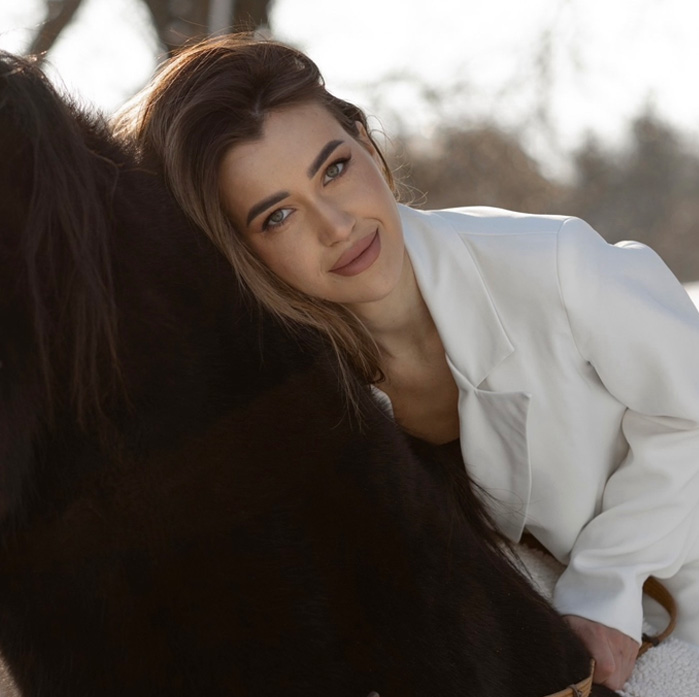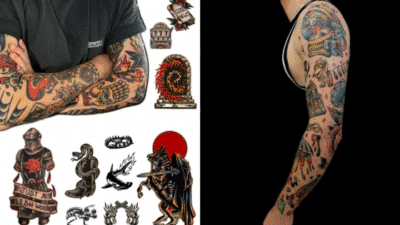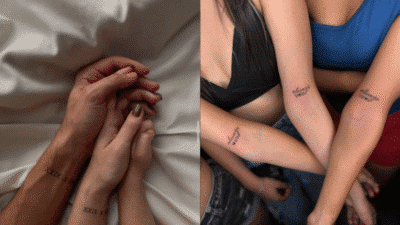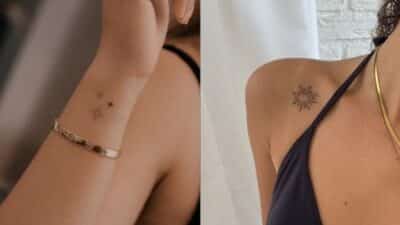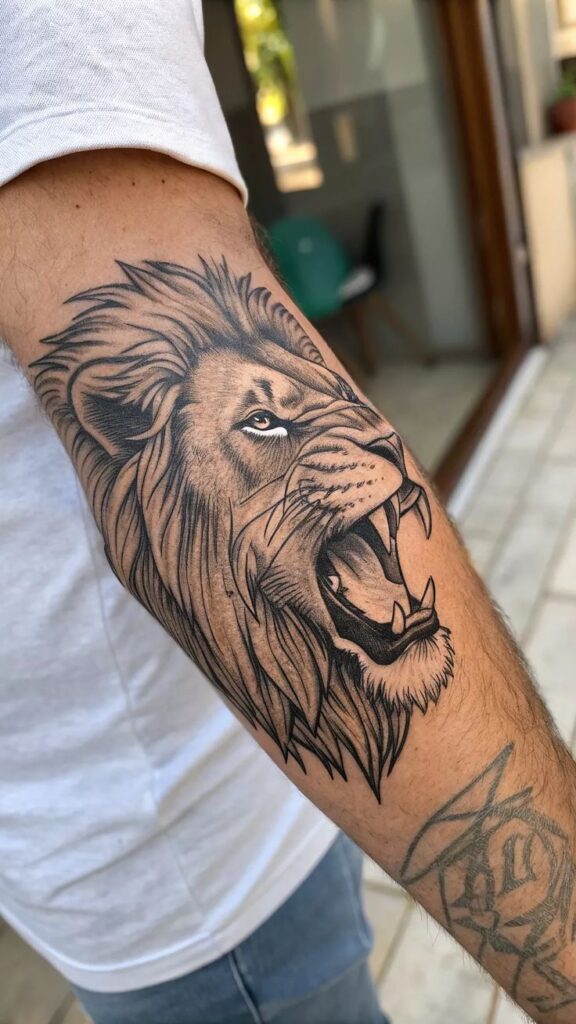
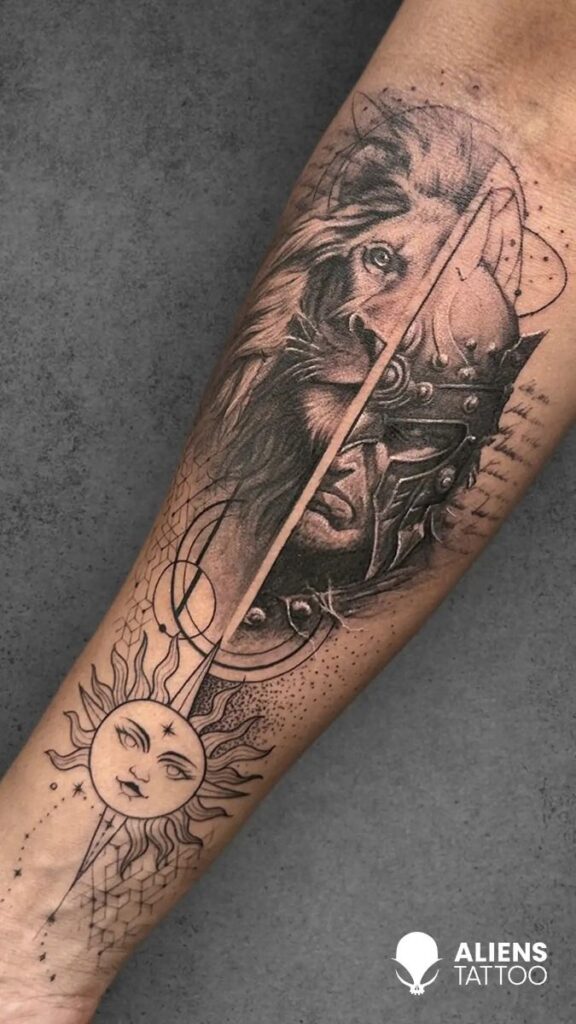
Forearm tattoos are a popular choice for men because they offer a visible but versatile canvas. They allow for a variety of designs, from small, simple symbols to larger, more detailed artwork. Forearm tattoos provide a balance between personal expression and visibility that many men find appealing.
The forearm is an easy place to show tattoos but also to cover up if needed, making it a practical spot. Men often choose this area because it suits many tattoo styles and fits well with the shape and movement of the arm. Knowing the right design and size is key to getting a tattoo that will look good over time.
Men who want a forearm tattoo should also think about the pain and care involved. Healing is important to keep the tattoo looking sharp. Choosing a skilled artist and taking care of the tattoo after it’s done helps avoid problems and keeps the ink lasting longer.
Key Takeways
- Forearm tattoos balance visibility and personal style.
- The forearm fits well with many tattoo designs and sizes.
- Proper care and a good artist improve tattoo quality and healing.
Popular Forearm Tattoo Designs for Men
Men often choose forearm tattoos that show strong shapes, meaningful images, or bold themes. Designs might include sharp lines, animals, skulls, or symbols tied to culture and identity.
Geometric Patterns
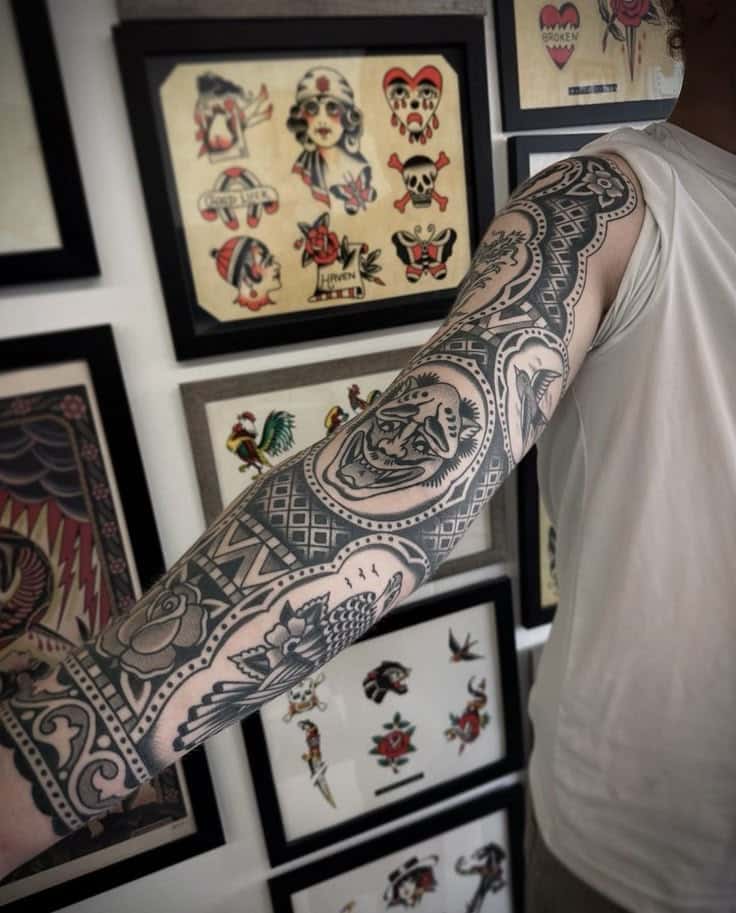
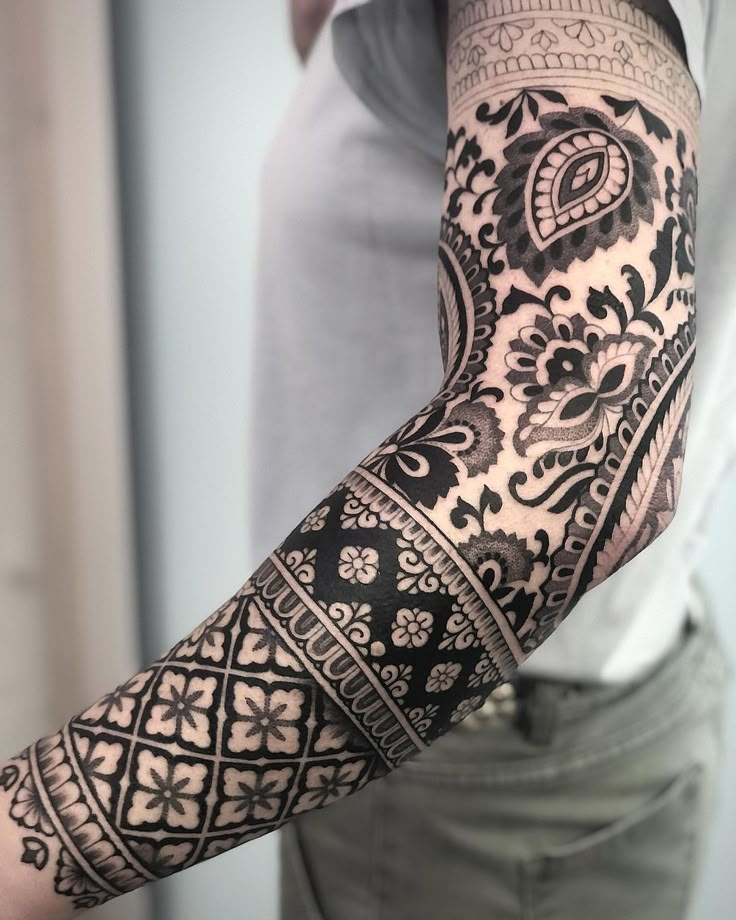
Geometric tattoos use shapes like triangles, circles, and lines to form clean and balanced designs. These patterns often symbolize order, balance, and precision.
Many men like geometric tattoos because they can be simple or complex, fitting the forearm’s natural shape. Dot work and symmetry add depth without clutter.
Common designs include mandalas, cubes, and interlocking shapes. These tattoos work well in black ink but can also incorporate color for a modern look.
Animal Imagery
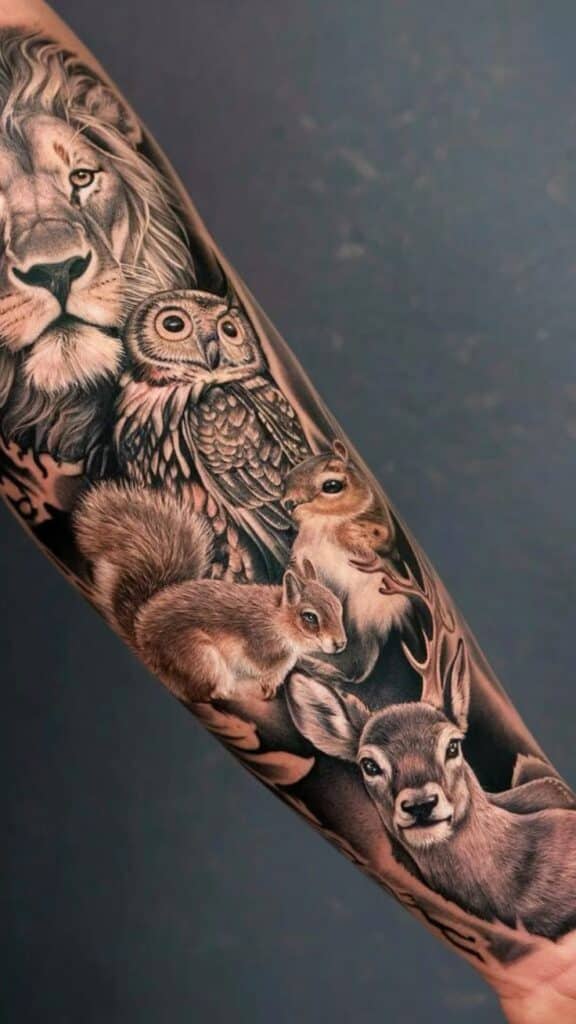
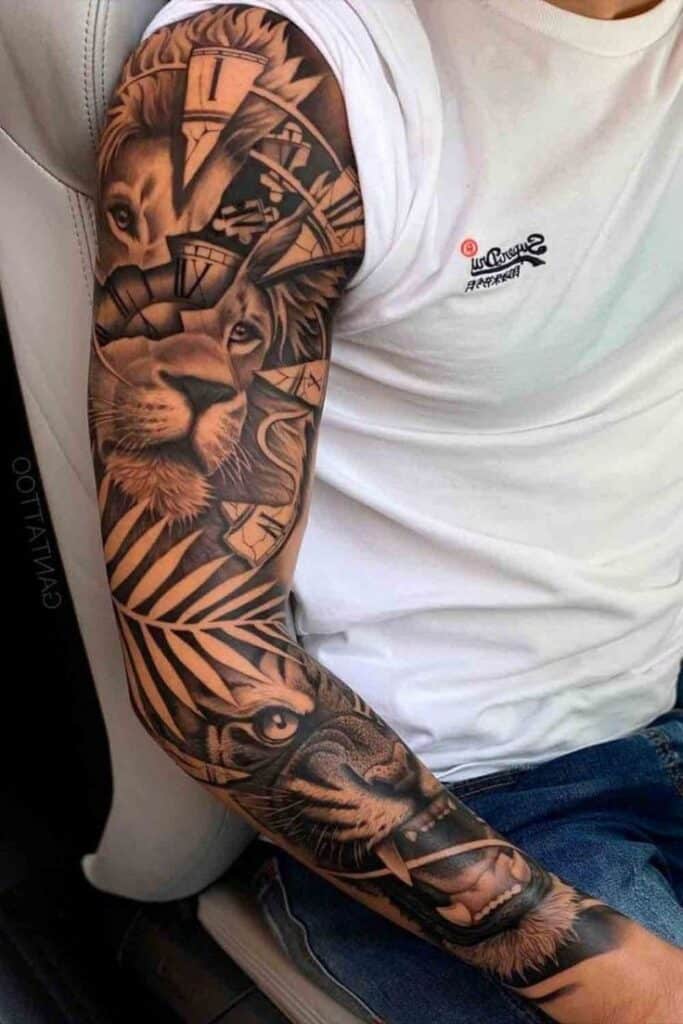
Animal tattoos often represent traits such as strength, courage, or freedom. Men choose animals like lions, wolves, eagles, or snakes for their symbolic meanings.
Forearm placement provides space to detail fur, feathers, or scales, making the image more lifelike. These tattoos can be realistic or stylized.
Some men select animals tied to personal stories or cultural heritage. Animal tattoos can show power or connection to nature.
Skull Motifs
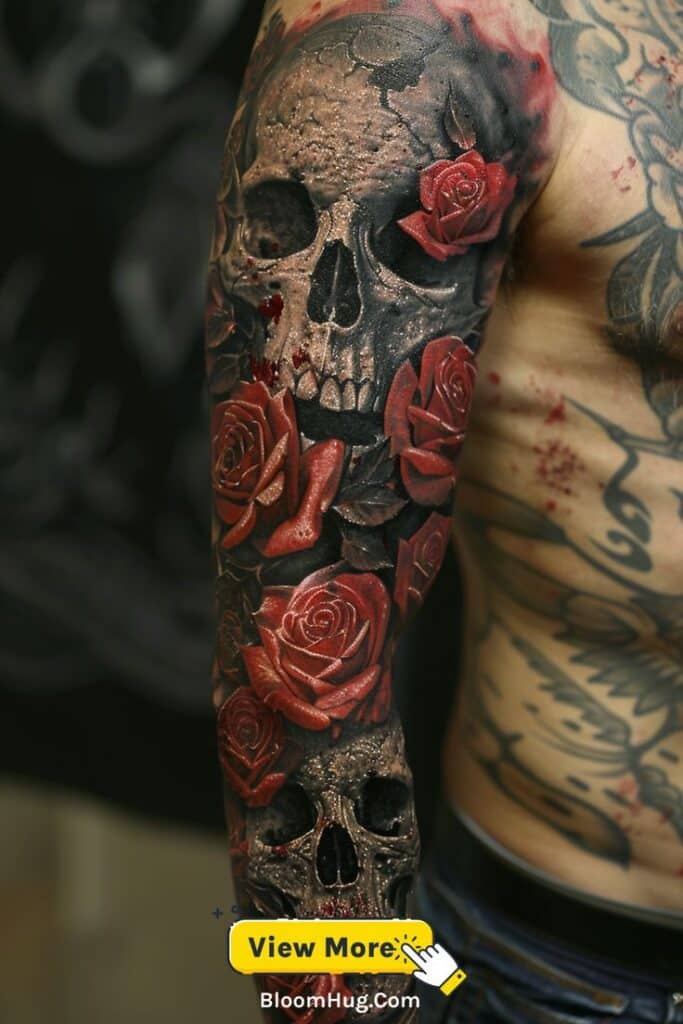
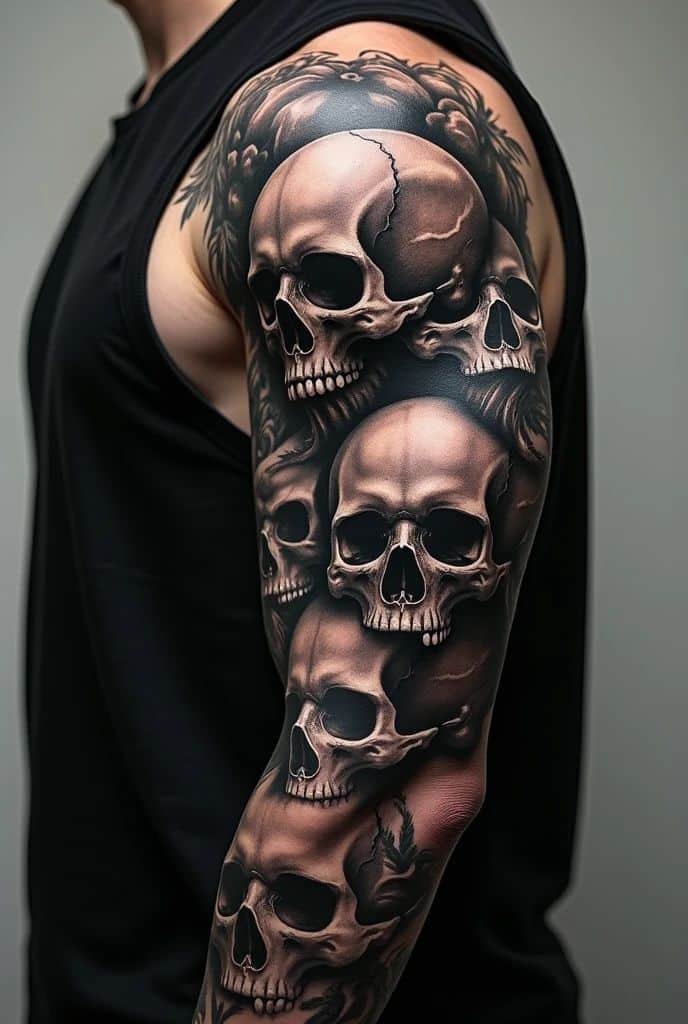
Skull tattoos are popular for their bold, edgy look. They can represent mortality, toughness, or a rebellious spirit.
Men often pick skulls combined with roses, clocks, or flames to add layers of meaning. The forearm offers enough space for detailed shading and contrast.
Skulls can be realistic, cartoonish, or abstract. Black and grey ink is common, but color accents help certain elements stand out.
Tribal Artwork
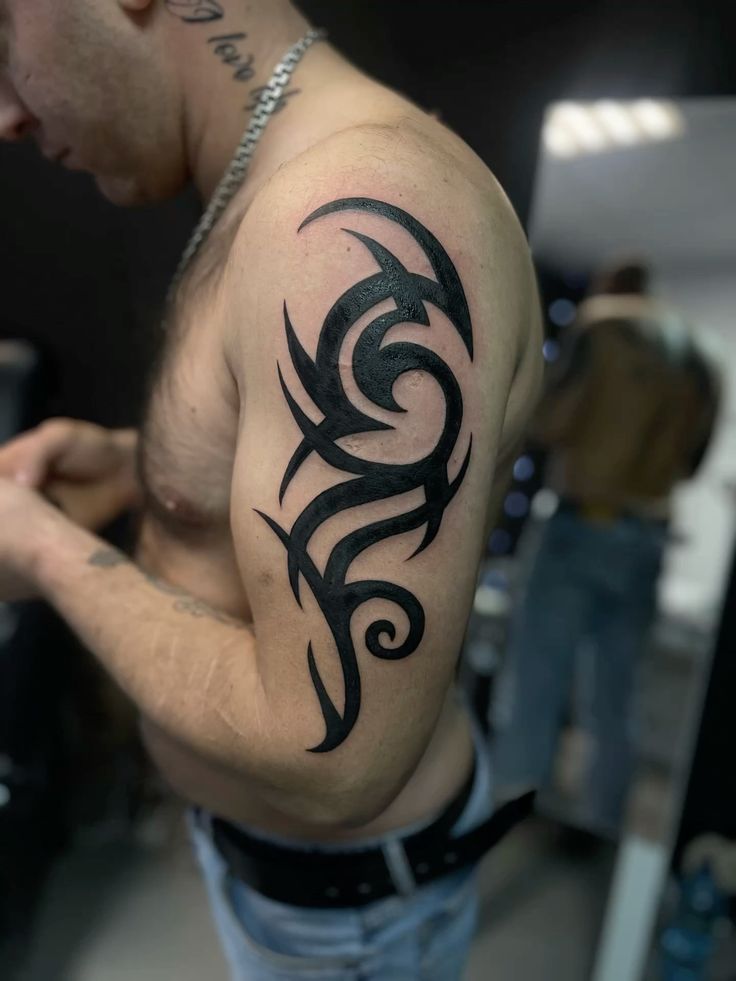
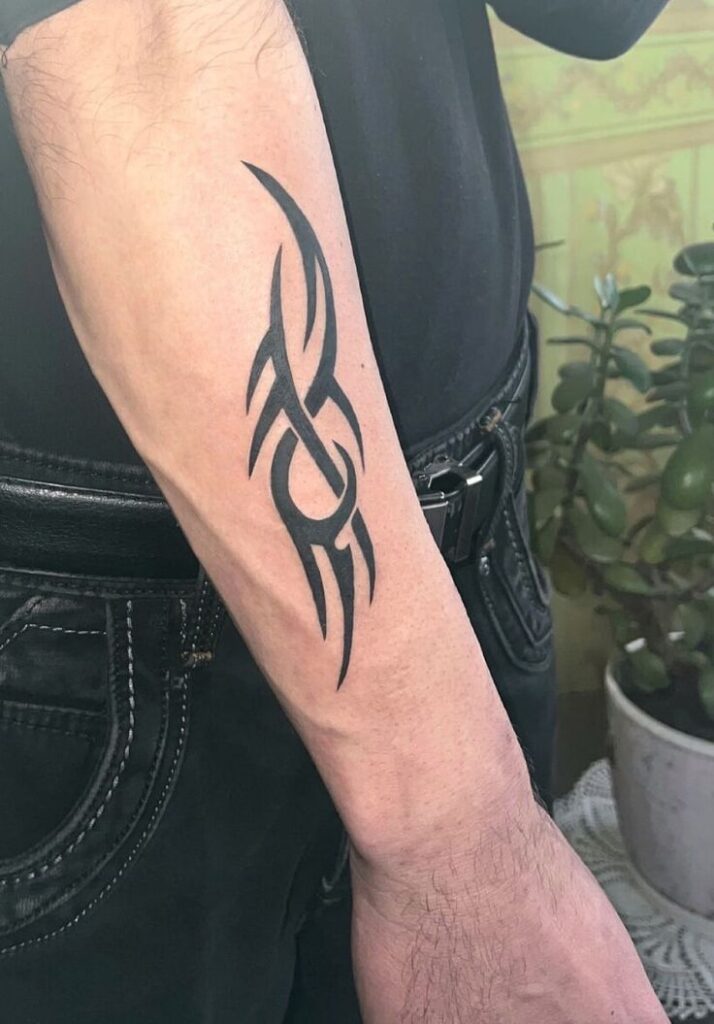
Tribal tattoos use black lines and shapes to create patterns inspired by indigenous cultures. They often express strength, protection, and heritage.
Men appreciate tribal designs for their strong visual impact and cultural roots. The forearm’s length suits flowing, band-like patterns.
Popular tribal styles include Polynesian, Maori, and Samoan designs. These tattoos usually rely on bold black ink and clear, repeating shapes.
Forearm Tattoo Placement Options
Forearm tattoos can be placed in various spots that affect how the design looks and shows. Each area offers different levels of visibility, space for detail, and comfort during tattooing.
Inner Forearm Tattoos
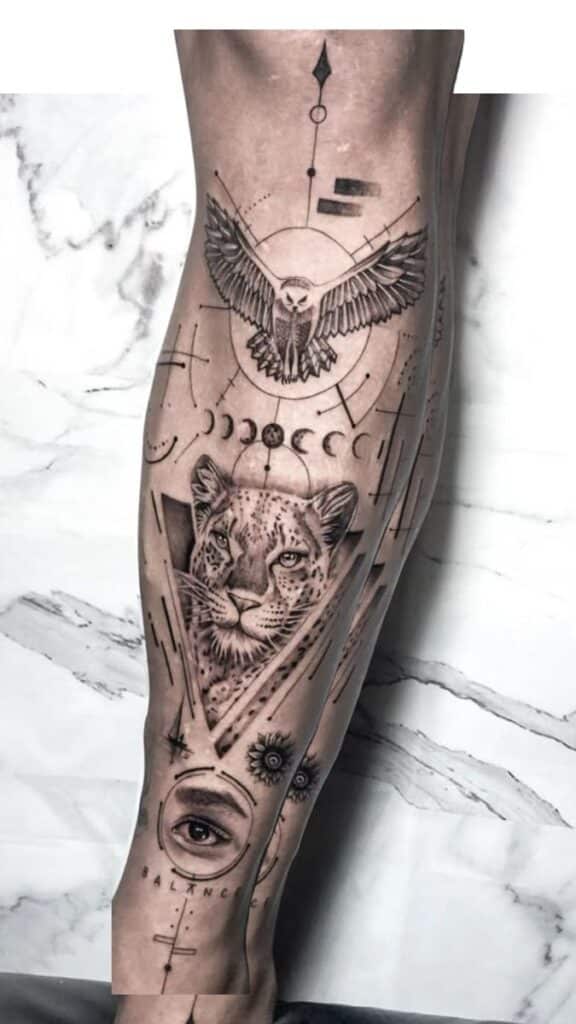
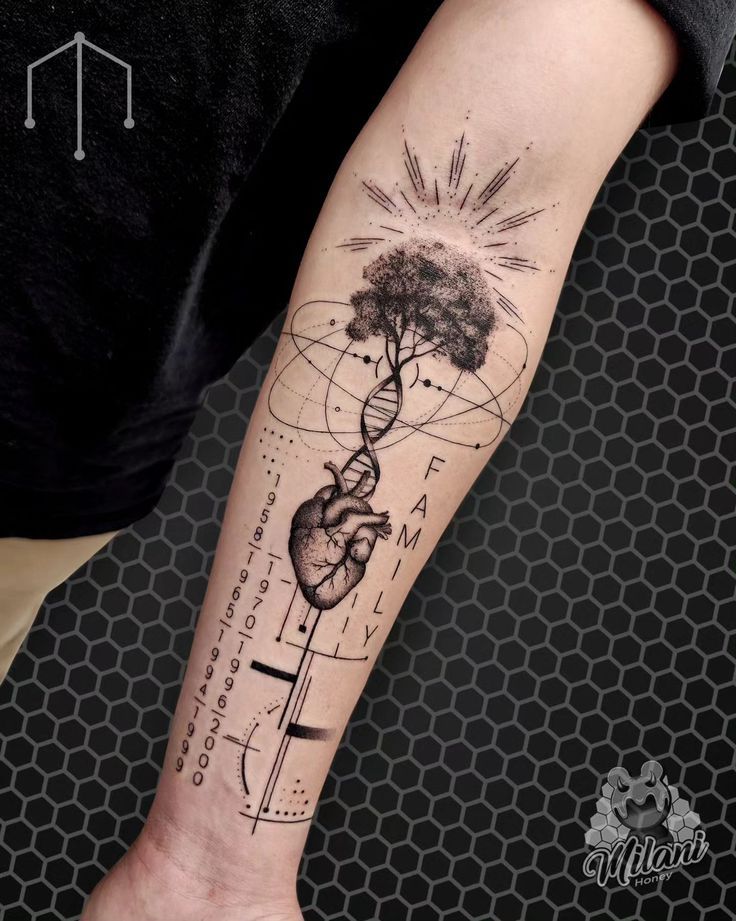
Inner forearm tattoos sit on the side of the arm facing the body. This area is popular because it is less exposed to sunlight, which helps tattoos keep their color longer. The skin here is softer and thinner, so designs may show more detail.
This placement is good for people who want a tattoo they can easily cover with long sleeves. It also allows the wearer to see their tattoo clearly, making it more personal. The pain level is usually lower compared to the outer forearm.
Outer Forearm Tattoos
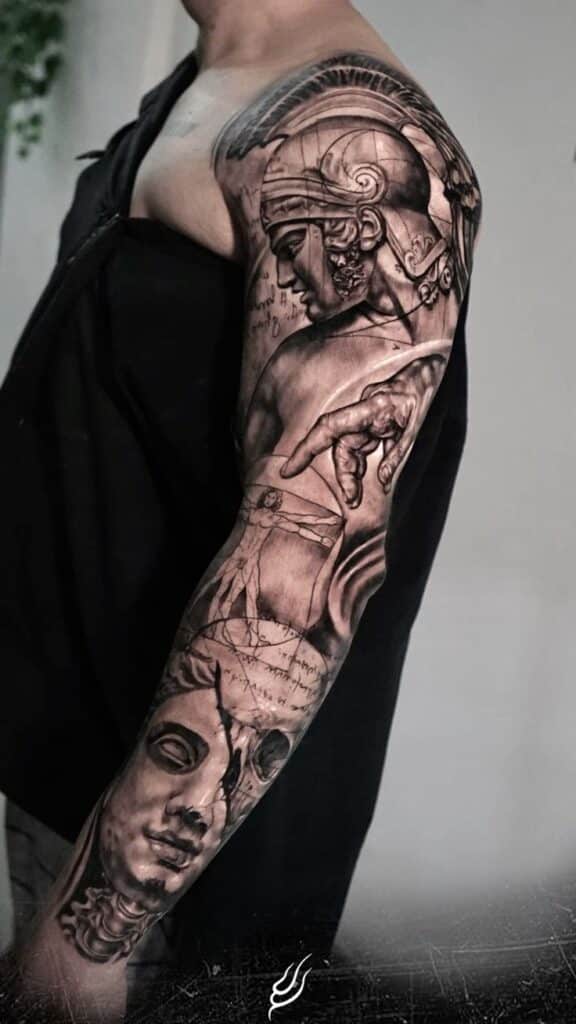
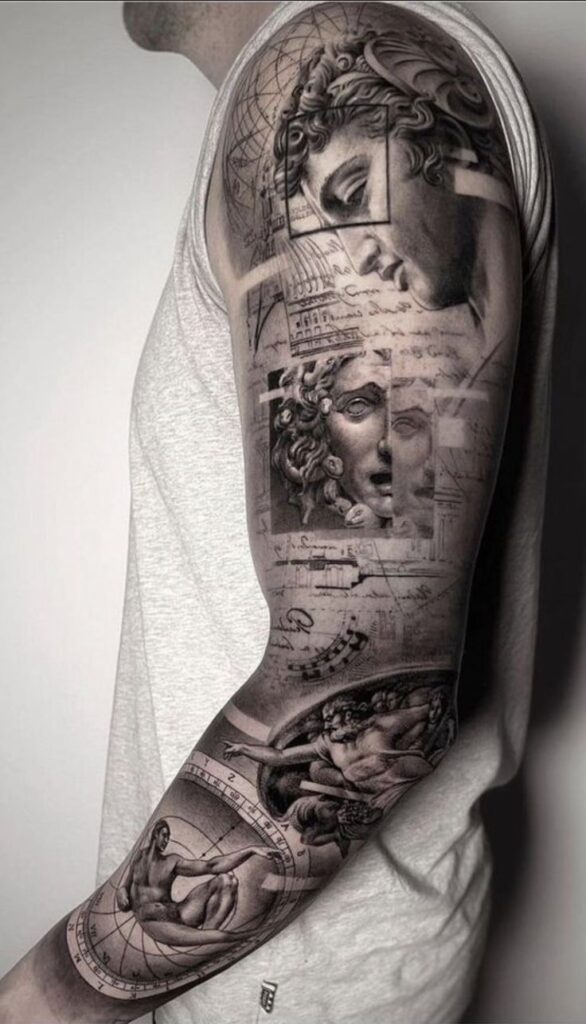
Outer forearm tattoos are on the outside part of the arm. This spot is more visible, making it a favorite for bold or statement tattoos. The skin is thicker here, which can make the tattoo process a bit more uncomfortable.
The outer forearm offers a good flat surface for larger, more detailed designs. Many men prefer this placement to showcase their tattoos without being too flashy. It works well for both small symbols and medium-sized art.
Full Forearm Sleeves
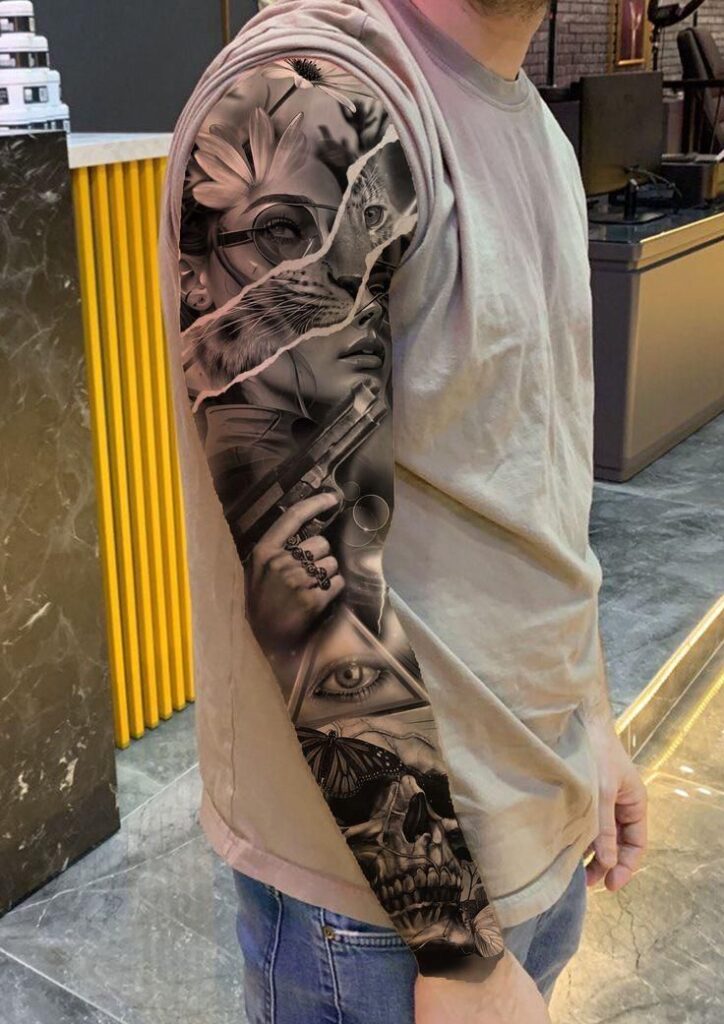
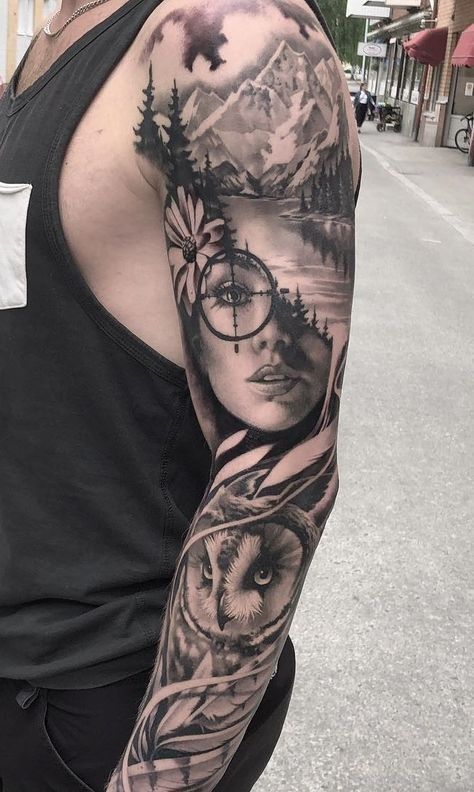
Full forearm sleeves cover the entire length of the forearm from wrist to elbow. This placement requires a large, continuous design or several linked pieces. It provides the most space for detailed, creative artwork.
Sleeves demand more time and commitment since they involve multiple sessions. Pain tends to vary but can increase near bones like the elbow. This option suits those wanting a strong visual impact and a cohesive tattoo story.
Meaningful Forearm Tattoo Ideas
Forearm tattoos can carry strong personal significance through different styles. Some designs focus on symbols with deep meanings, while others feature quotes or simple shapes. Each type offers a way to convey values, memories, or beliefs clearly and thoughtfully.
Symbolic Designs
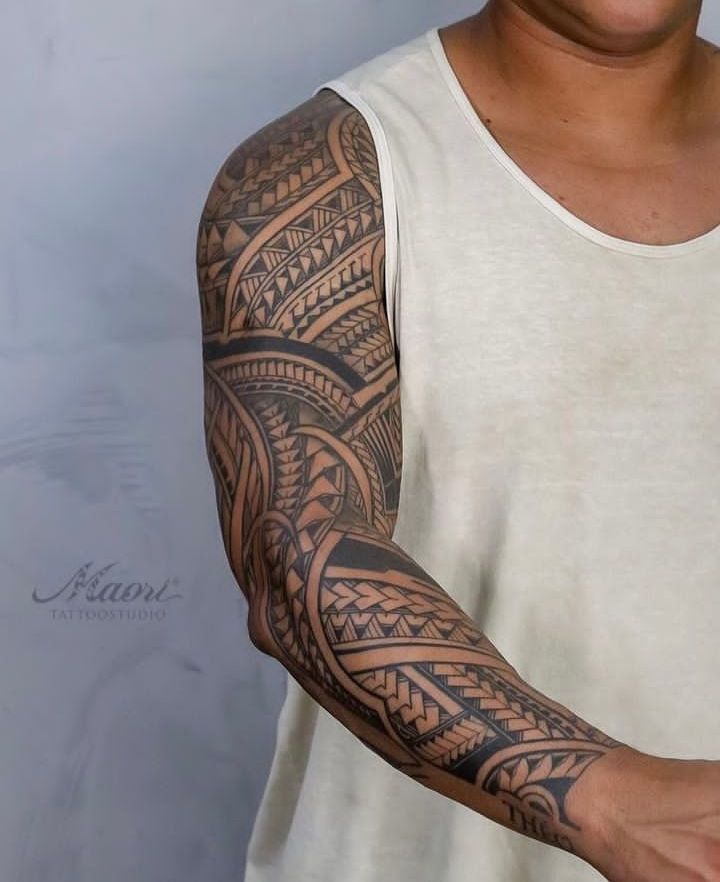
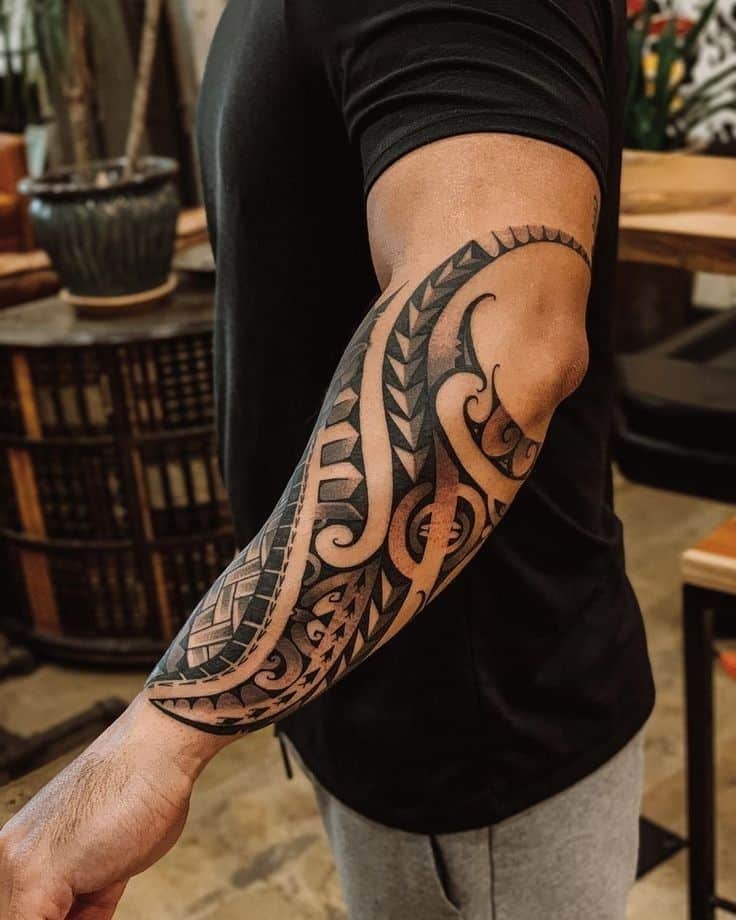
Symbolic tattoos often use images like animals, shapes, or objects that represent qualities or ideas. A lion can stand for courage, while an anchor might mean stability or hope. These images give the wearer a constant reminder of their values.
Many choose cultural or spiritual symbols like the Celtic knot or mandala for their deeper meanings. The forearm’s visibility makes this spot ideal for symbols that inspire or protect. The size can vary from small glyphs to large, detailed artwork.
Personal Quotes
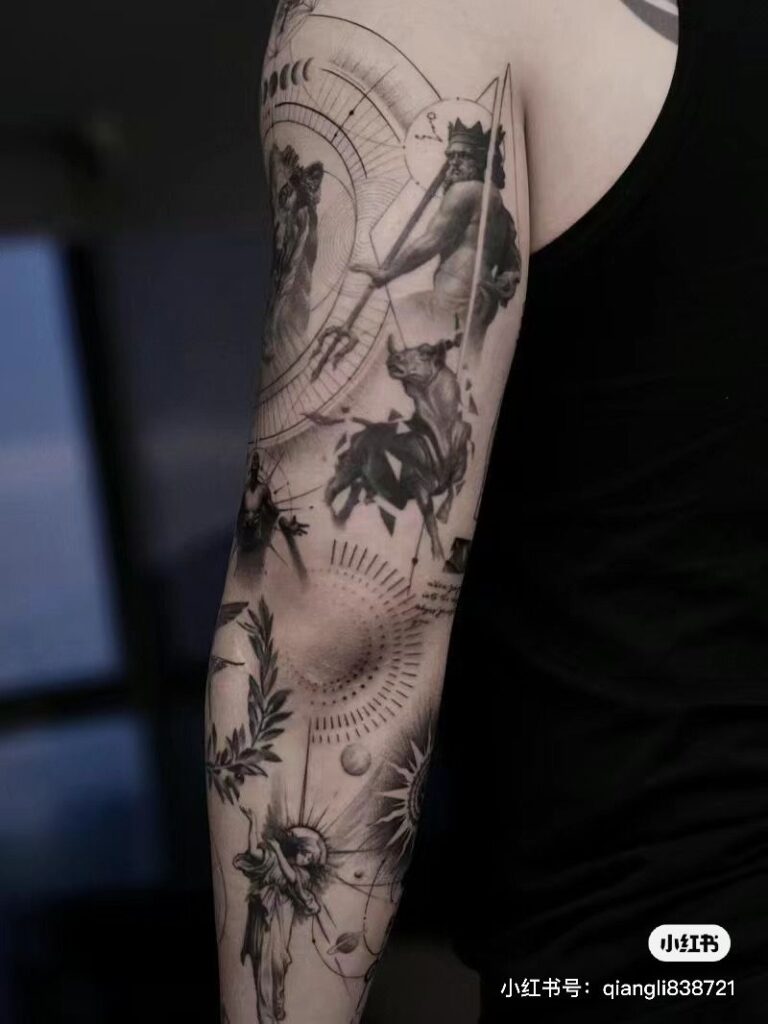
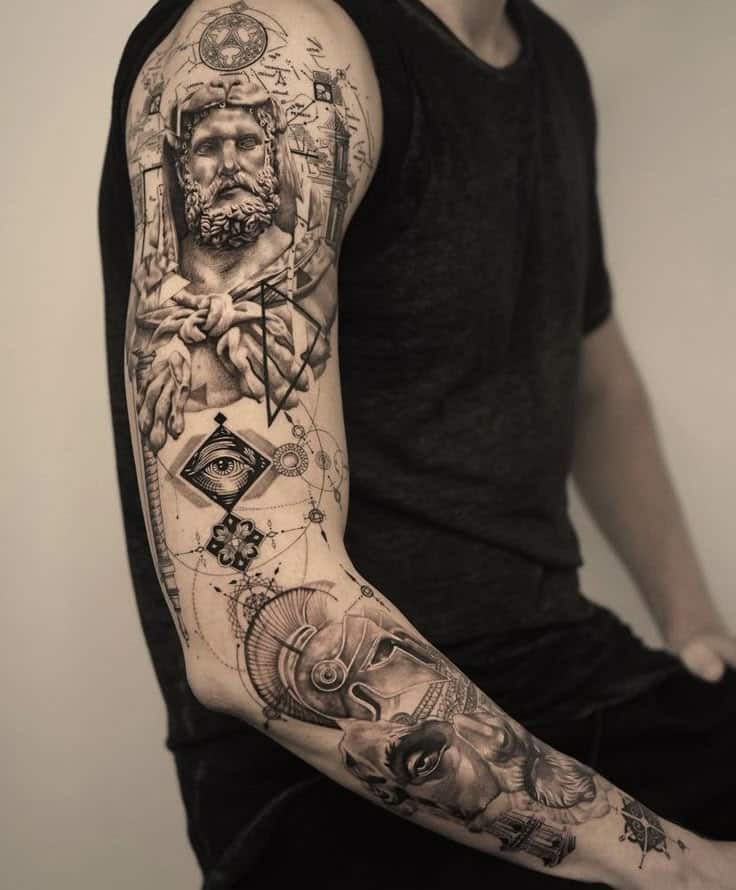
Quotes on the forearm can express a personal motto, life lesson, or tribute. They often use clean, readable fonts and can be placed along the inner or outer forearm for easy viewing.
Popular choices include short phrases like “stay strong” or “carpe diem.” Sometimes, a quote in another language adds a layer of privacy or mystery. The important part is that the words resonate with the wearer’s experience or beliefs.
Minimalist Concepts
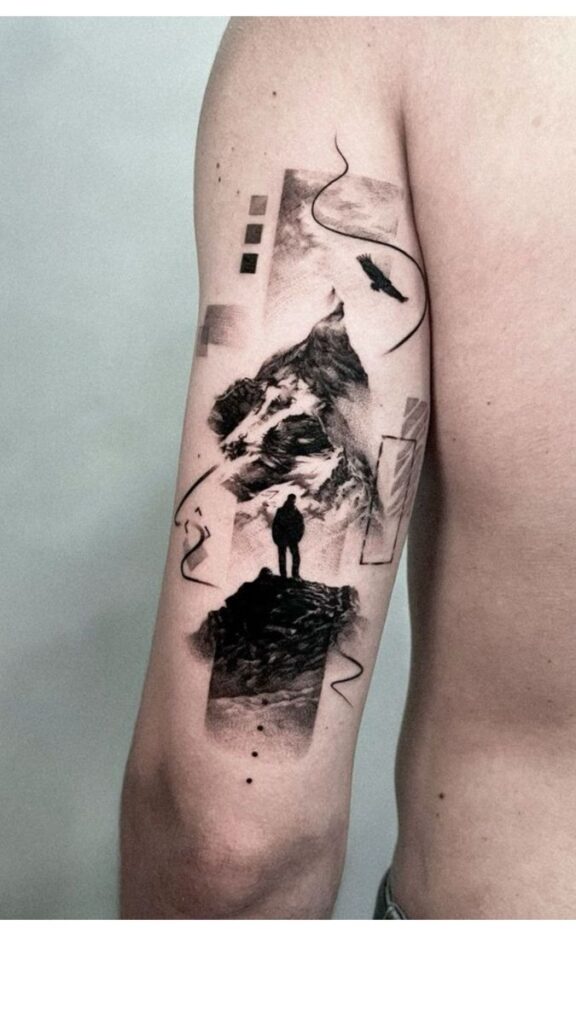
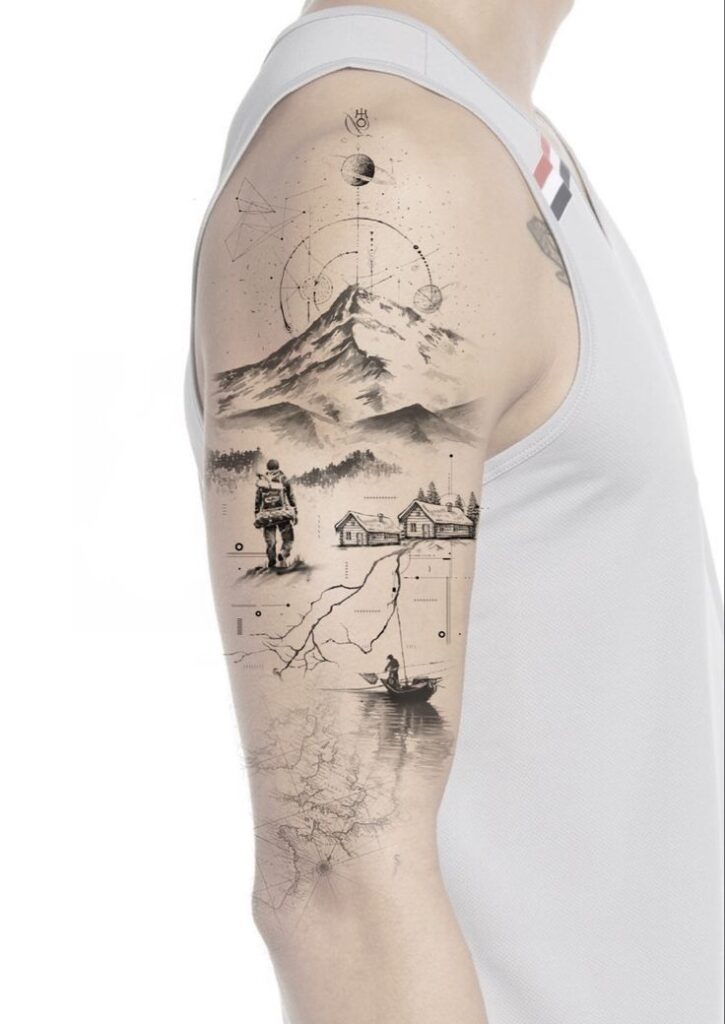
Minimalist forearm tattoos use simple lines, shapes, or small figures to convey meaning with little detail. These tattoos are popular for their clean look and subtlety.
Examples include small arrows representing direction, circles symbolizing wholeness, or dots showing milestones. Minimalist designs work well for first tattoos or when a discreet, elegant statement is preferred. They fit the forearm’s shape without overwhelming it.
Choosing the Right Forearm Tattoo Size
Size affects how a tattoo looks on the forearm and how much it stands out. The size also influences the detail possible in the design and how much time the tattoo will take. Men should consider their skin, pain tolerance, and lifestyle when choosing size.
Small Forearm Tattoos
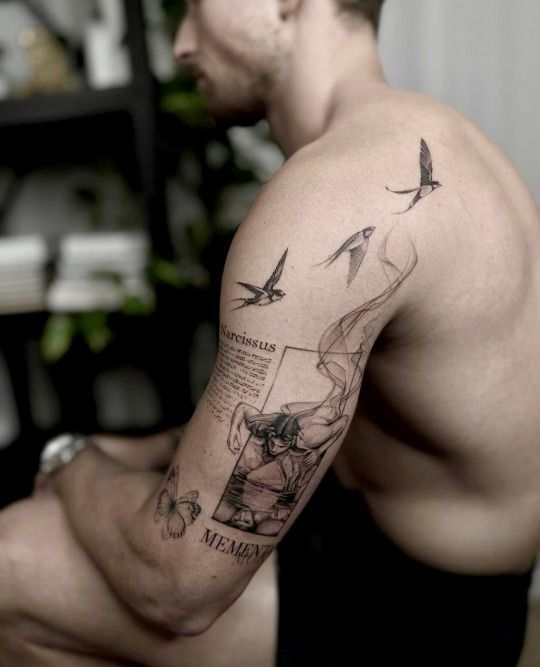
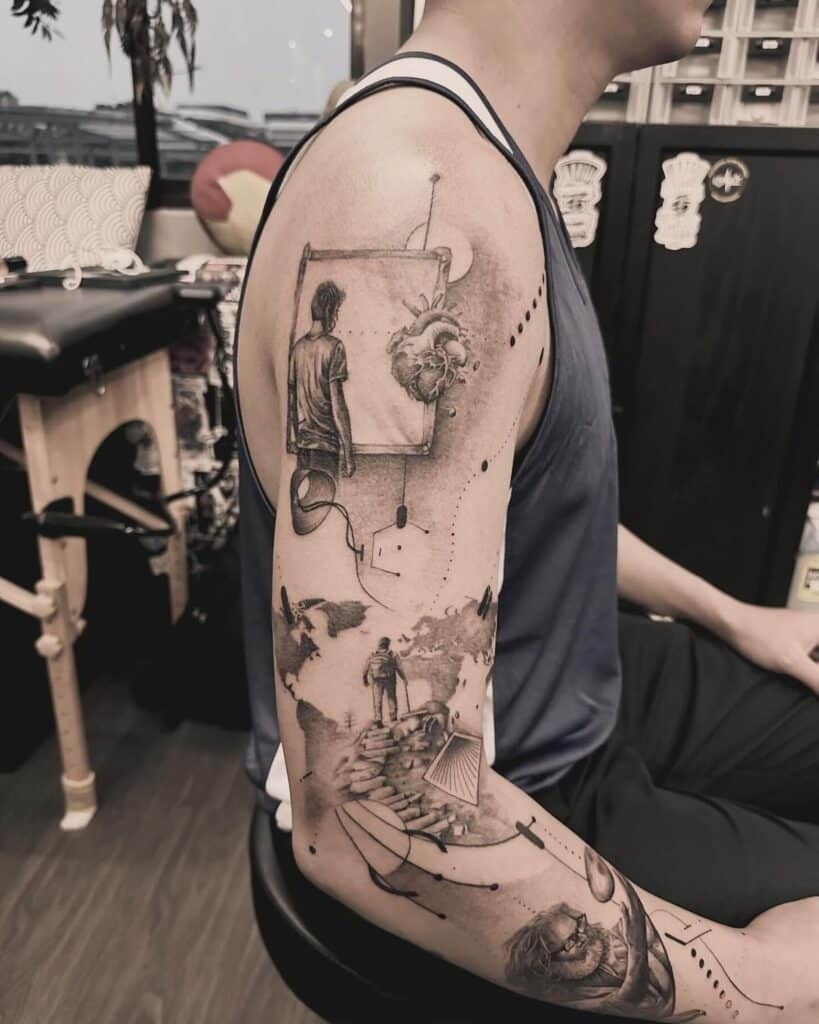
Small tattoos fit well near the wrist or the inner forearm. They usually measure 1 to 3 inches in length or width. These tattoos are subtle and can be easier to cover with clothing if needed.
Small tattoos work well for simple designs like symbols, small words, or minimalistic images. They take less time to complete and cause less pain. Small tattoos may fade faster since details get smaller over time.
Medium-Sized Pieces
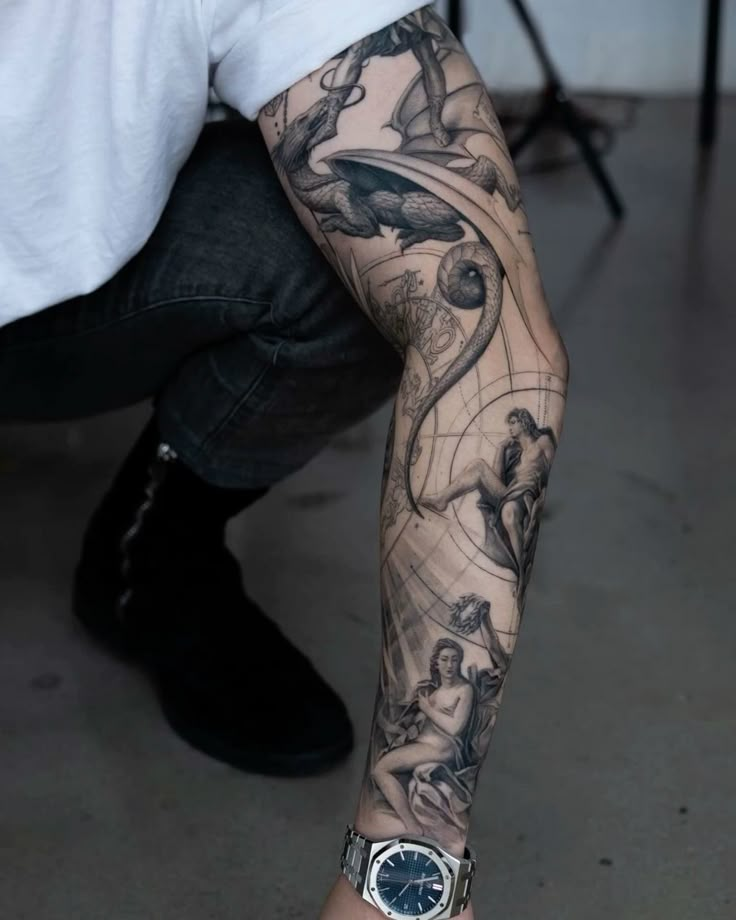
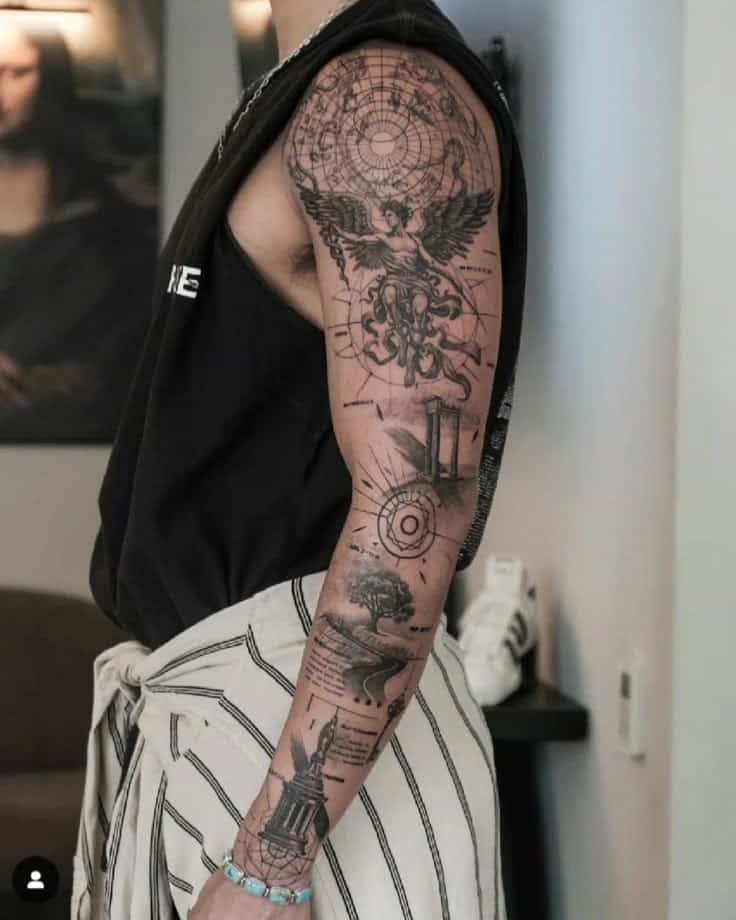
Medium tattoos cover a larger area, about 3 to 6 inches. They often wrap around part of the forearm but don’t go fully around it. This size allows for moderate detail.
This size is good for more complex images like animals, portraits, or geometric shapes. Medium tattoos balance visibility and pain well. They usually take one to two sessions to finish. This makes them popular for first larger tattoos.
Large-Scale Designs
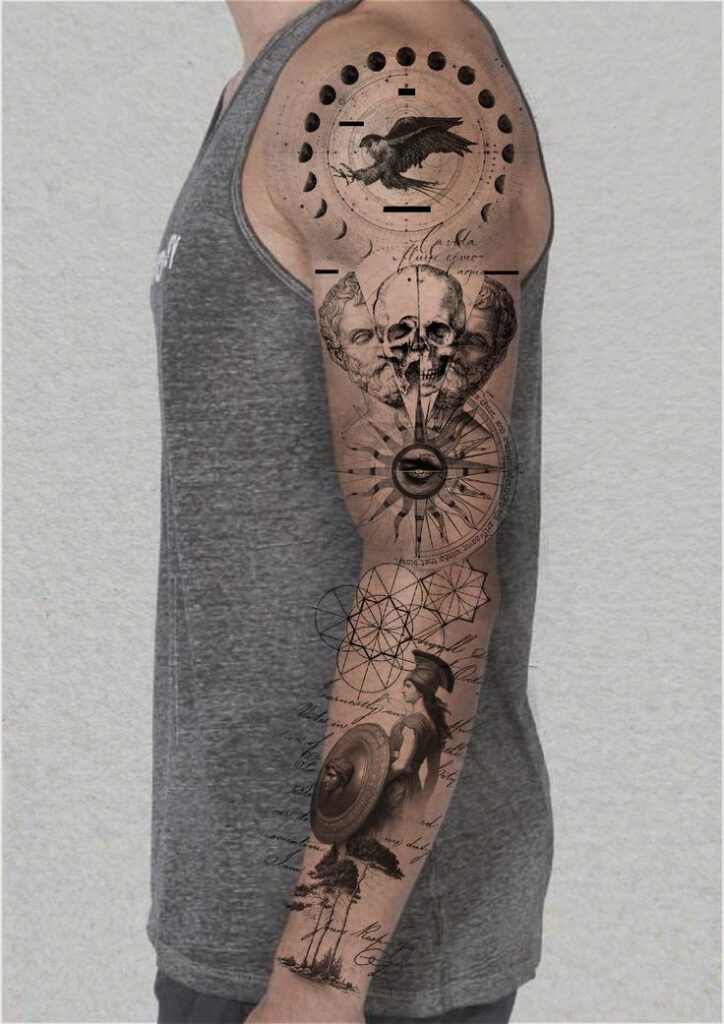
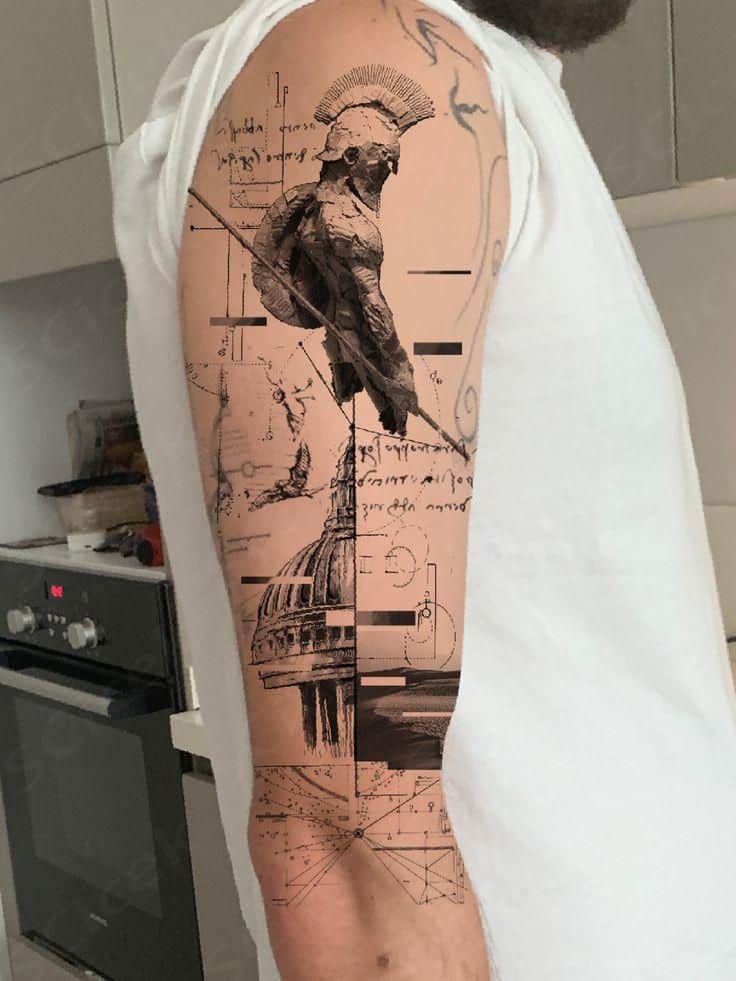
Large tattoos span most or all of the forearm, sometimes wrapping fully around. They range from 6 inches and bigger. These designs make bold statements and show more detail.
Large pieces work for full scenes, tribal patterns, or dense art. They need multiple sessions over weeks or months. Healing time can be longer, and pain can be stronger. Large tattoos are hard to hide, so men should be sure they want a permanent, noticeable design.
Best Styles for Forearm Tattoos
Forearm tattoos come in many styles, each with unique qualities that fit different tastes. Some styles focus on detail, while others emphasize bold shapes or color. The choice depends on how visible and lasting the tattoo should be.
Realism
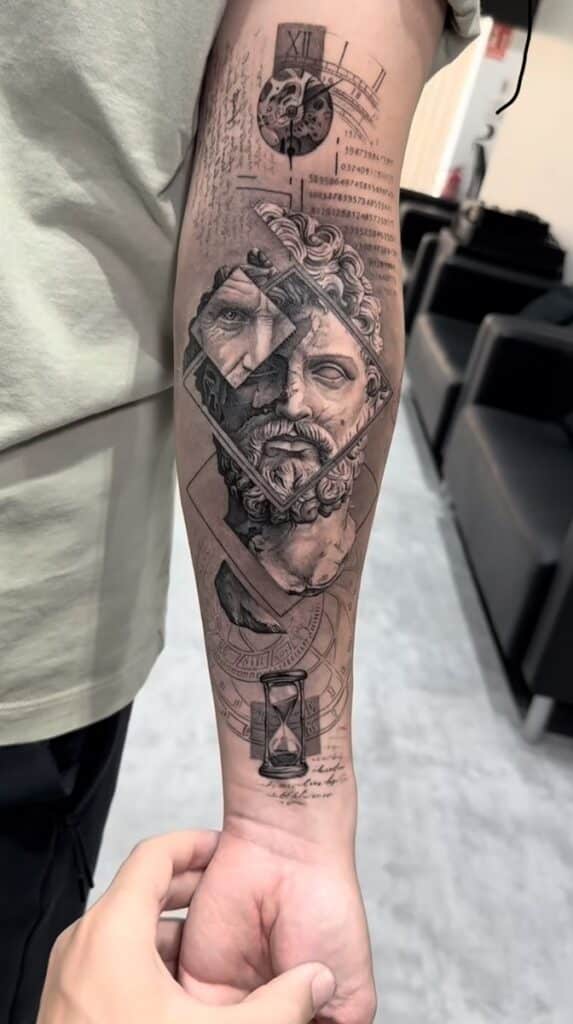
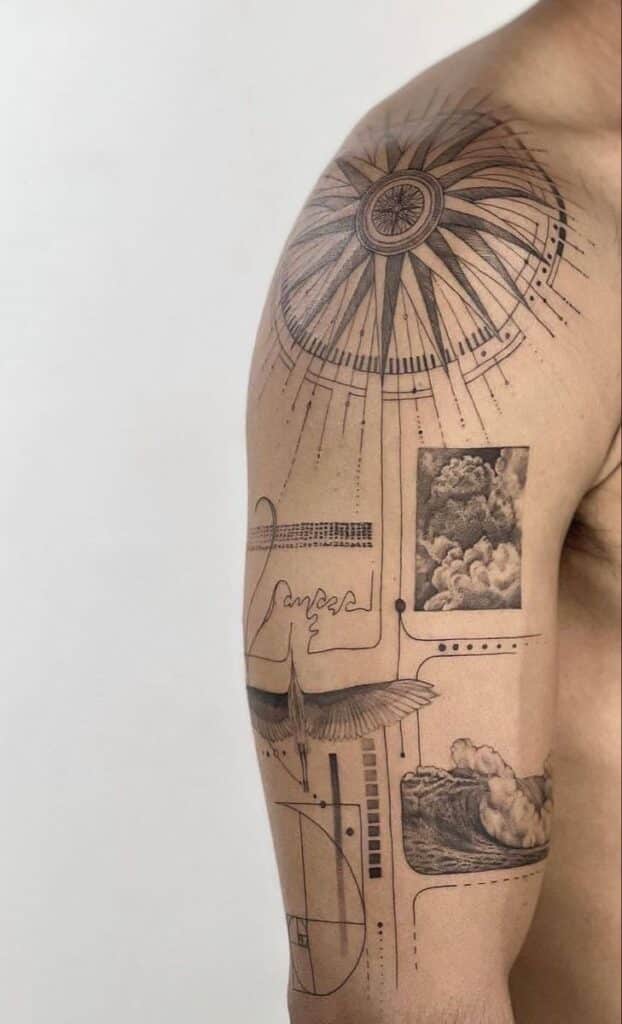
Realism tattoos aim to create lifelike images. These designs often include portraits, animals, or nature scenes. The tattoo artist uses shading and fine details to mimic real textures and depth.
This style works well on the forearm because the flat surface allows clear, precise lines. However, realism tattoos require a skilled artist to achieve the best effect. The design can take longer to complete due to its complexity.
Realism tattoos are perfect for those who want a meaningful, visually striking piece.
Blackwork
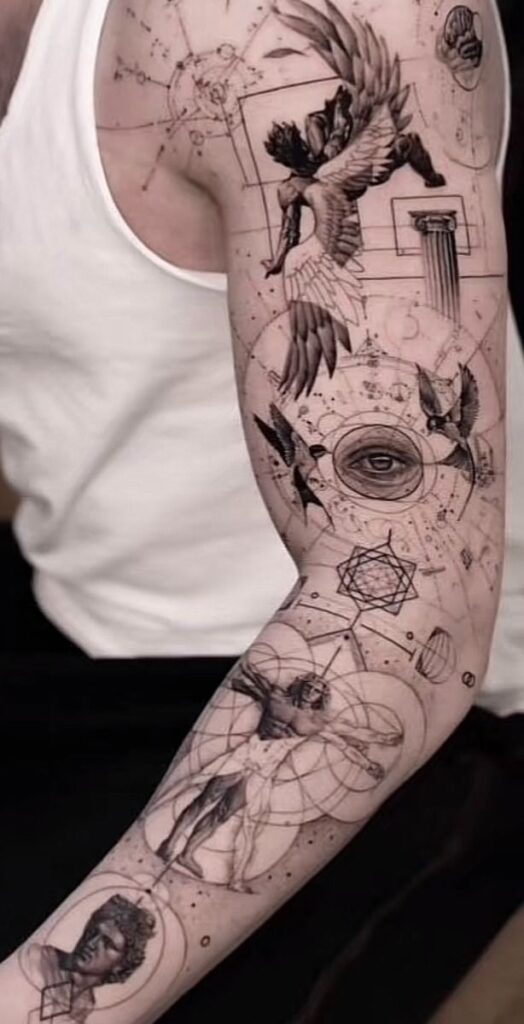
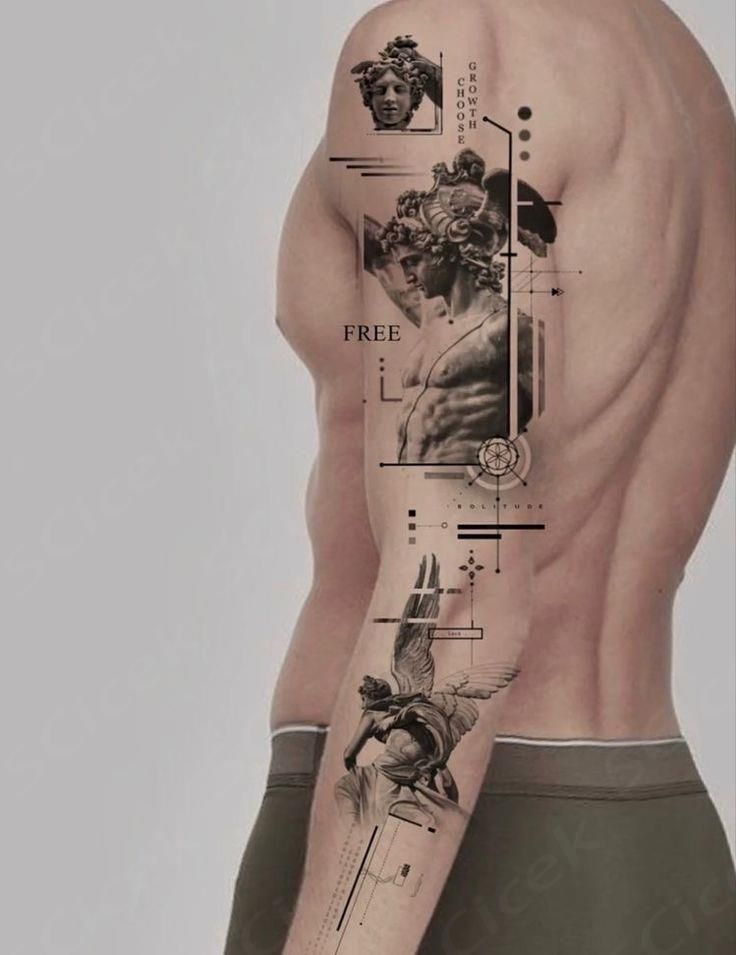
Blackwork tattoos use solid black ink to create bold designs. They often feature geometric shapes, patterns, or tribal art. The style relies on clear contrast and strong lines to stand out.
Blackwork is durable and looks sharp even as it ages. The forearm suits this style because it offers enough space to display the clean, bold designs well. These tattoos need less frequent touch-ups compared to color tattoos.
This simple but powerful style suits men who prefer a minimal yet commanding look.
Traditional
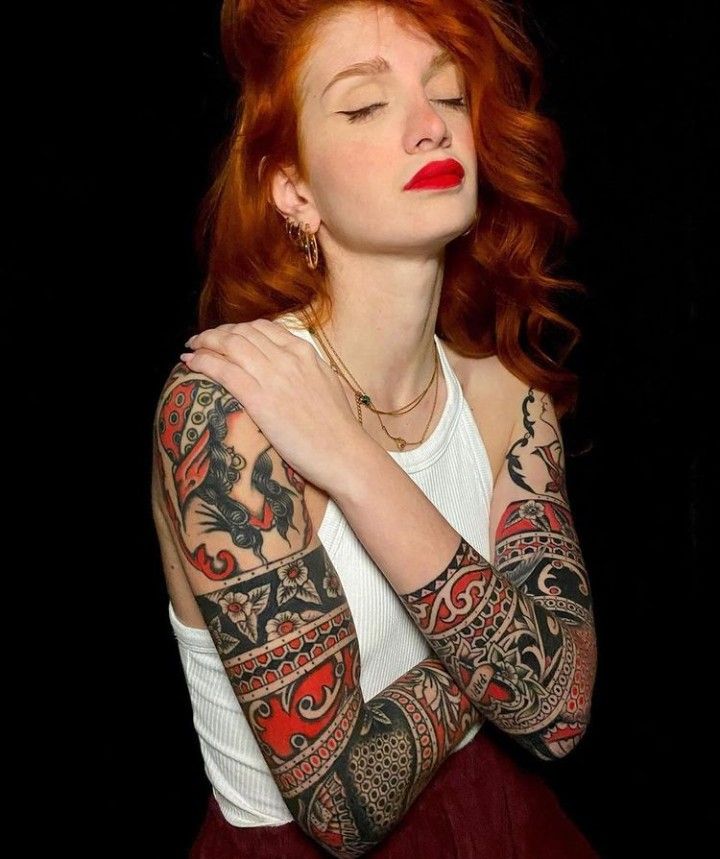
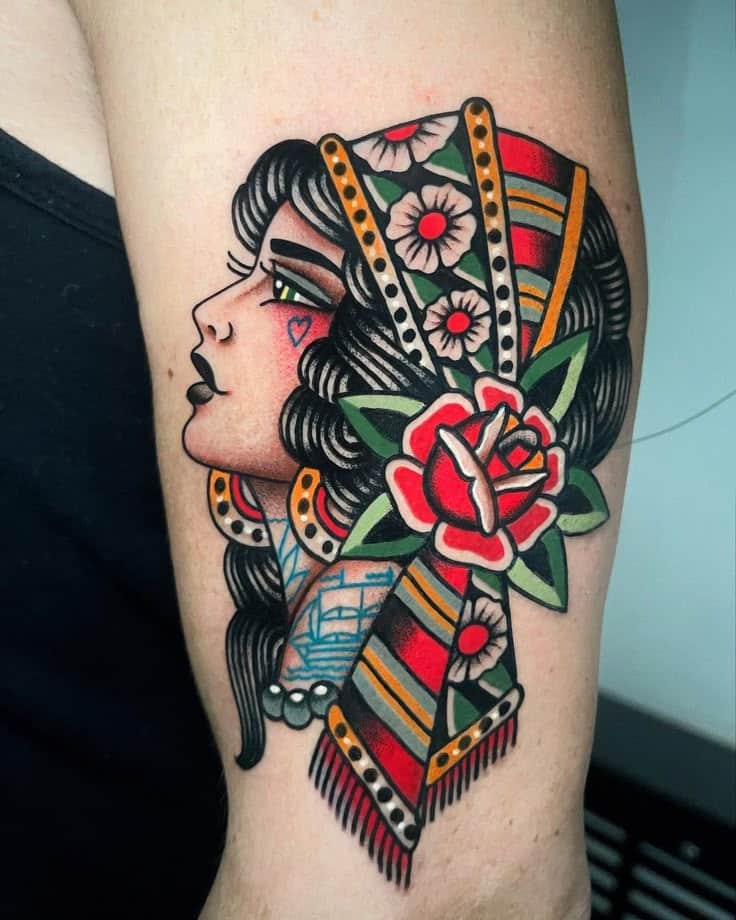
Traditional tattoos use iconic imagery like anchors, skulls, roses, and eagles. They have thick black outlines with limited color palettes. Red, green, yellow, and blue are common colors.
This style is easy to recognize and has a vintage charm. The forearm is ideal for traditional tattoos since the size and shape accommodate classic motifs well. The bold lines ensure the tattoo remains clear over time.
Men choosing traditional tattoos often want a timeless design with strong symbolism.
Watercolor
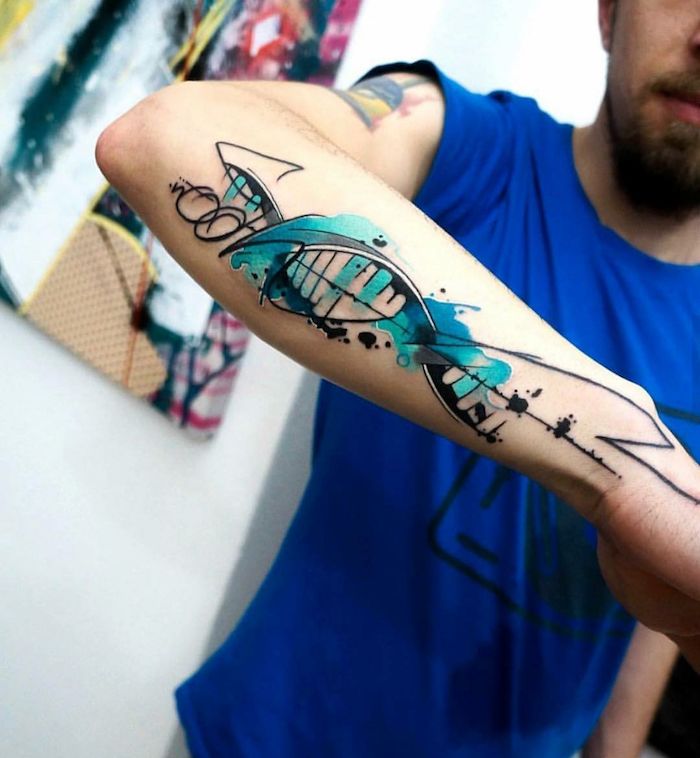
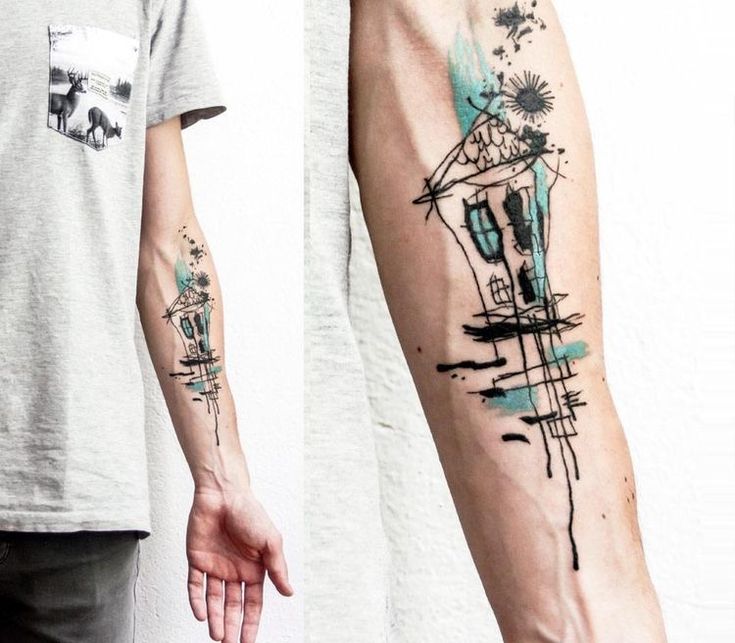
Watercolor tattoos mimic the look of painted art. They use soft color gradients and splashes, without clear outlines. This creates a flowing, artistic effect.
The forearm’s shape allows watercolor tattoos to flow naturally along the skin. This style emphasizes color more than detail. It requires an artist skilled in blending inks to avoid fading.
Watercolor tattoos suit men who want colorful, creative designs with a modern look.
Pain, Healing, and Aftercare for Forearm Tattoos
Getting a tattoo on the forearm involves some pain, but it is often manageable. The skin here heals fairly quickly, making proper care important to avoid infections or fading. Following the right steps helps keep the tattoo clear and sharp over time.
Pain Level Expectations
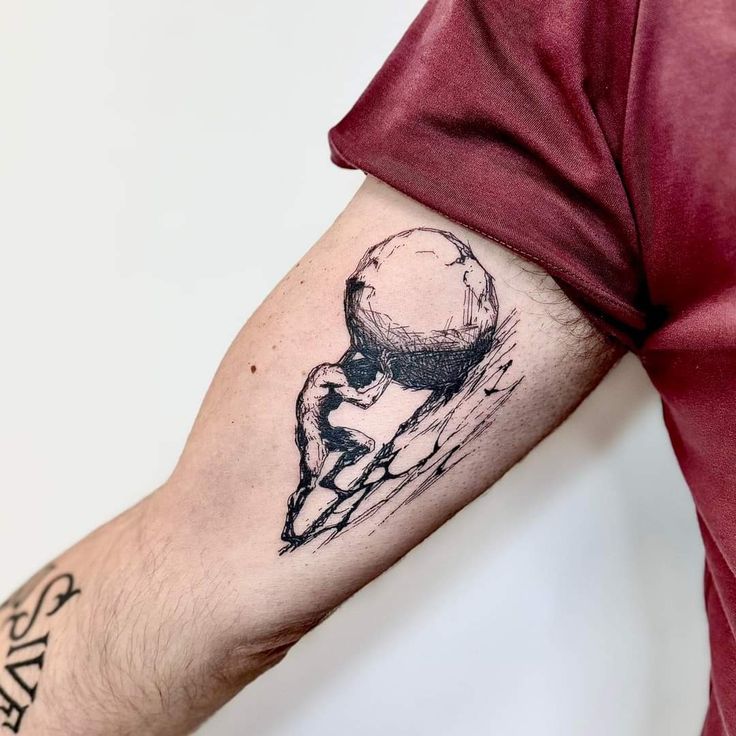
Pain on the forearm varies by person and tattoo size. The area over muscle and fat hurts less than near bones or tendons. Small tattoos usually cause mild discomfort. Larger or detailed designs can take longer and increase pain.
The forearm is one of the less painful spots for tattoos because the skin is thicker and more padded. People often describe the feeling as a scratching or burning sensation rather than sharp pain.
Using numbing creams or staying calm helps reduce pain. The artist also controls pain by adjusting needle speed and breaks.
Healing Timeline
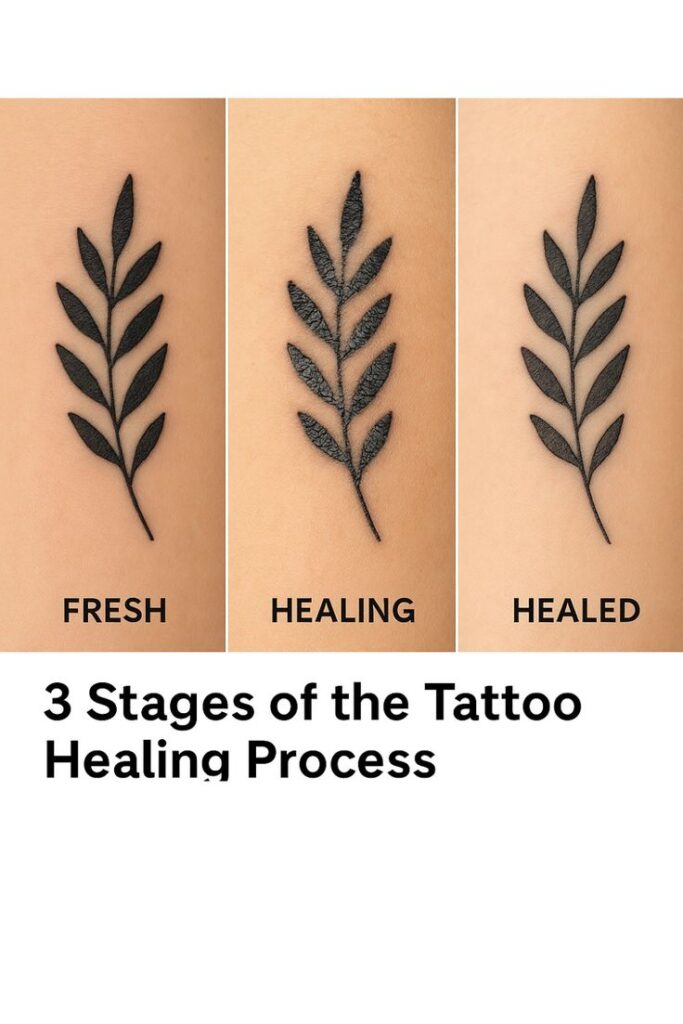
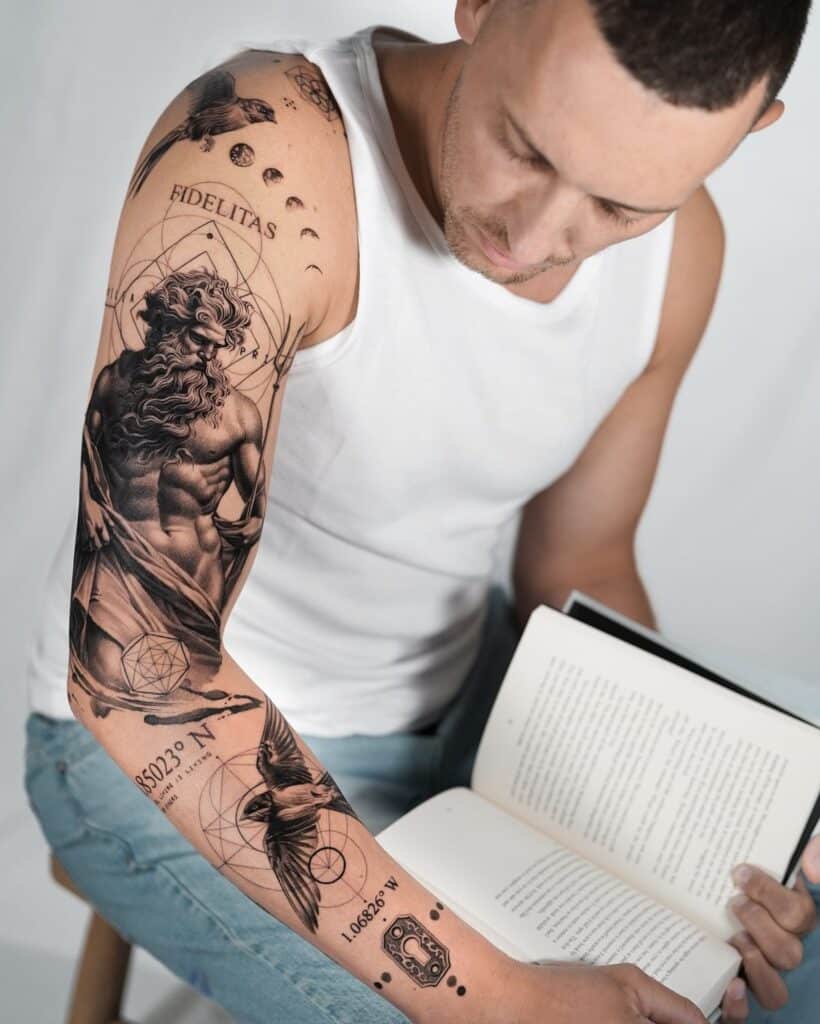
The forearm tattoo starts healing within 2 to 3 days after the session. The first phase is redness and swelling, lasting 1–2 days. After, the tattoo may peel and flake like a sunburn for about a week.
Scabbing happens naturally but should stay thin and not pull off forcefully. Full healing takes around 2 to 4 weeks depending on skin type and ink depth.
Avoid exposing the new tattoo to sun or water for long periods during healing. Keep in mind that skin repairs from inside out, so external dryness is normal.
Proper Aftercare Steps
- Keep it clean. Wash the tattoo gently with lukewarm water and mild, fragrance-free soap twice a day. Pat dry with a clean towel.
- Moisturize. Use a thin layer of fragrance-free lotion or ointment recommended by the artist. Avoid over-applying to prevent clogging pores.
- Avoid sun and water. Stay out of direct sunlight and avoid swimming pools, hot tubs, or baths for at least 2 weeks.
- Do not scratch or pick. Let scabs fall off naturally to prevent scars and ink loss.
- Wear loose clothing. Avoid tight sleeves that rub on the tattoo.
Following these steps keeps the tattoo protected and helps the skin heal cleanly.
How to Choose a Tattoo Artist
Finding the right tattoo artist takes careful thought. It involves looking at their past work, checking cleanliness, and communicating clearly about ideas and expectations.
Portfolio Evaluation
Reviewing an artist’s portfolio helps show their style and skill level. Look for clear, well-defined lines and consistent shading in their forearm tattoo examples.
Check if they have experience with designs similar in size and detail to what is wanted. This helps ensure they can handle the specific type of tattoo.
Also, see if their work looks fresh and healed. Quality healing shows a good technique and attention to aftercare advice.
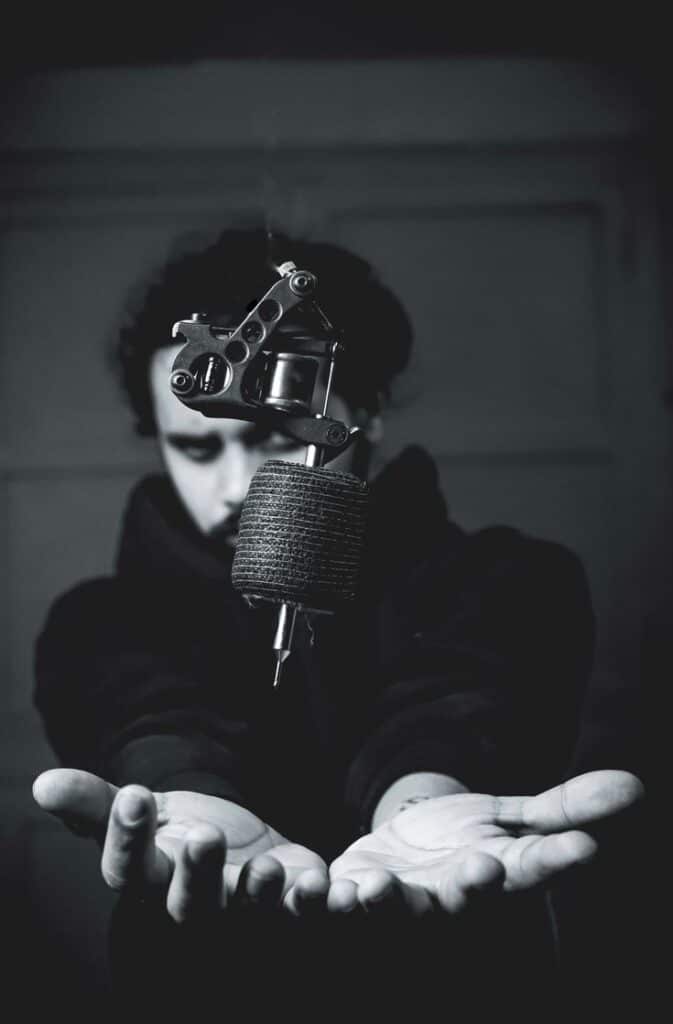
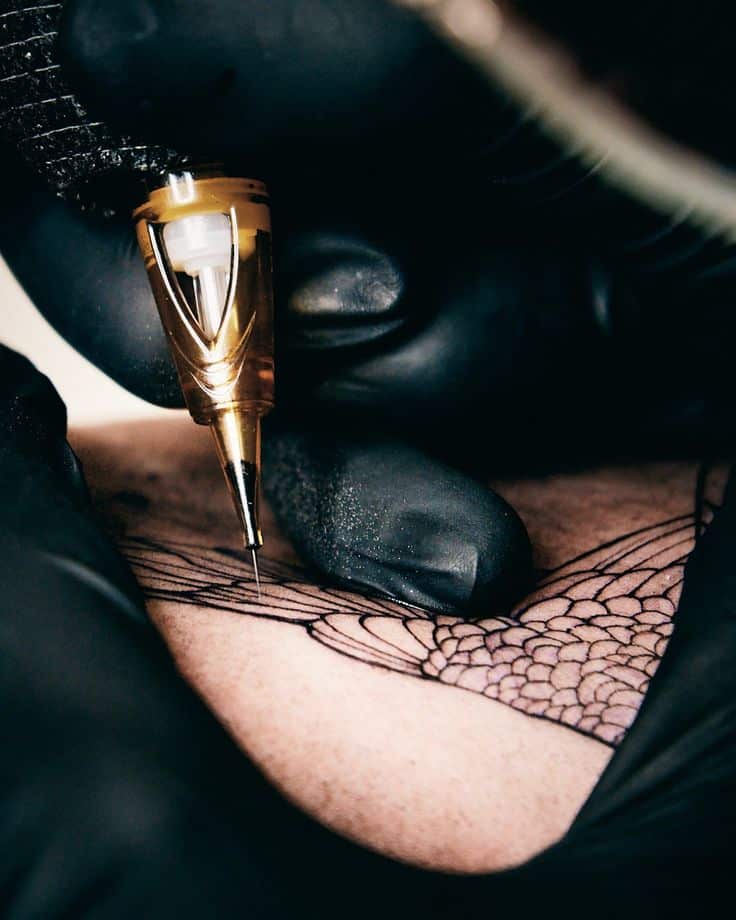
Sanitation Standards
Sanitation is critical to prevent infections. The artist should use new gloves for each client and clean needles with a reliable sterilization method.
The workspace should be tidy, and all equipment must be disposable or properly sanitized. Ask about their cleaning routine between clients.
Look for a professional license or certification. It proves they follow local health regulations, which reduces health risks.
Communication Skills
Clear communication makes the tattoo process smoother. The artist should listen carefully to the client’s ideas and ask questions to fully understand the vision.
They should explain the design process, pain expectations, and aftercare in simple terms. This builds trust and reduces misunderstandings.
Good artists also offer honest feedback about what will work best on the forearm skin and suggest adjustments for better results.
Tips for First-Time Tattoo Clients
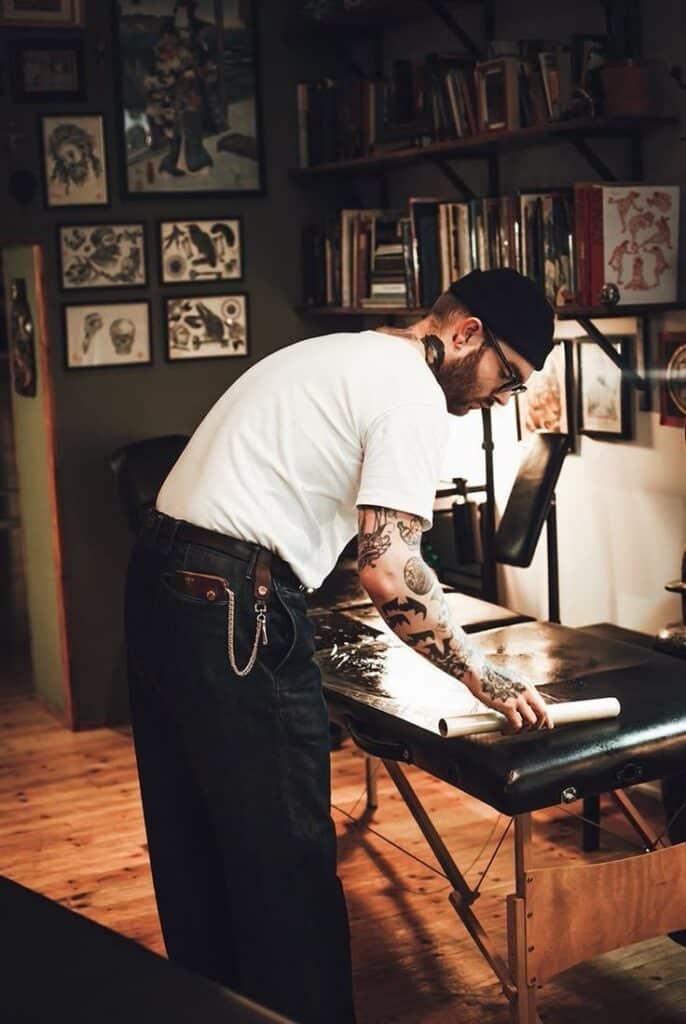
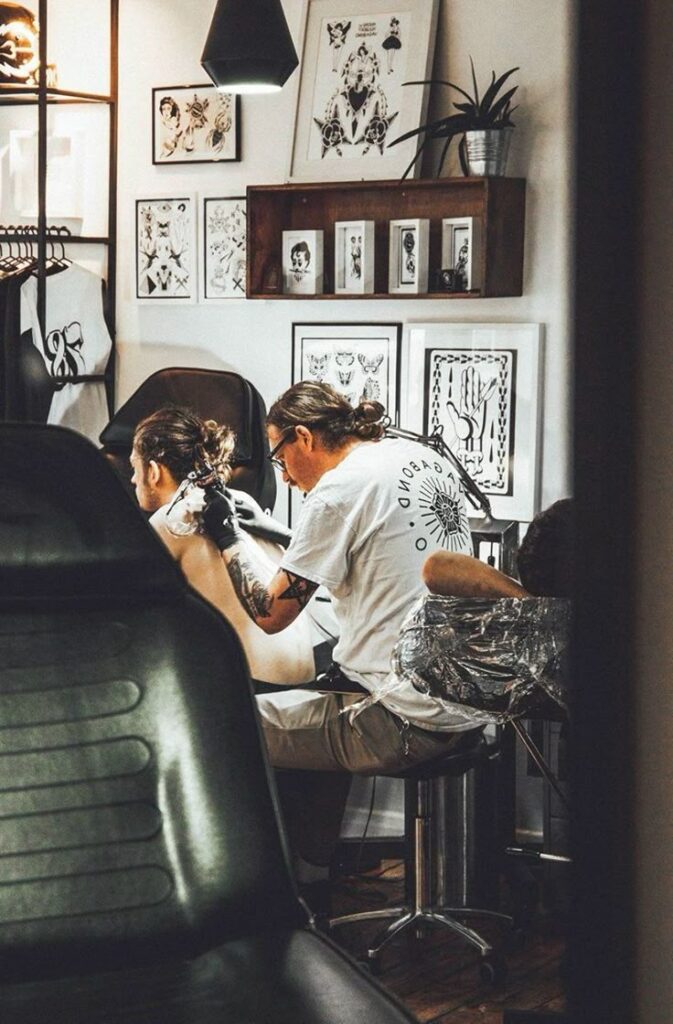
First-time clients should spend time researching tattoo styles and artists. Finding an artist who matches the desired style helps ensure satisfaction with the final tattoo.
It is important to think carefully about the tattoo design. A forearm tattoo is visible and often seen by others, so choosing a meaningful or well-planned design is key.
Clients should prepare for the tattoo appointment by wearing comfortable clothing that allows easy access to the forearm. Staying hydrated and eating a good meal beforehand also helps reduce discomfort.
During the session, they should remain still and follow the artist’s instructions. Asking questions about aftercare is important to keep the tattoo clean and help it heal well.
Pain varies for everyone but expect some discomfort. It is normal for the skin to feel sore or tender for a few days.
Below is a simple checklist for first-timers:
| Task | Notes |
|---|---|
| Research artists | Look for experience and style |
| Choose design carefully | Consider size and placement |
| Prepare physically | Eat well and stay hydrated |
| Follow care instructions | Prevent infection and fading |
Being prepared helps the first tattoo experience go smoothly.
Forearm Tattoo Maintenance and Longevity
Proper care keeps a forearm tattoo looking sharp and lasting longer. Protecting the skin, staying on top of touch-ups, and using the right moisturizers all play key roles in preserving the design.
Sun Protection
Sunlight can fade the ink in a forearm tattoo quickly. Ultraviolet (UV) rays break down tattoo pigments, causing dull colors and blurred edges. Applying a broad-spectrum sunscreen with at least SPF 30 before going outside helps block these rays.
Wearing long sleeves or using physical barriers when possible is another way to guard the tattoo. Reapplying sunscreen every two hours is important, especially if sweating or swimming. Avoiding peak sun hours between 10 a.m. and 4 p.m. reduces exposure.
Touch-Ups
A forearm tattoo may need touch-ups over time due to fading or minor damage. Touch-ups refresh the ink and restore crisp lines. Typically, touch-ups are done after the initial healing or a few years later, depending on the tattoo’s condition.
Choosing a skilled tattoo artist for touch-ups is important. They can match the original color and design closely, preserving the tattoo’s original look. Regular check-ins every couple of years help catch fading early.
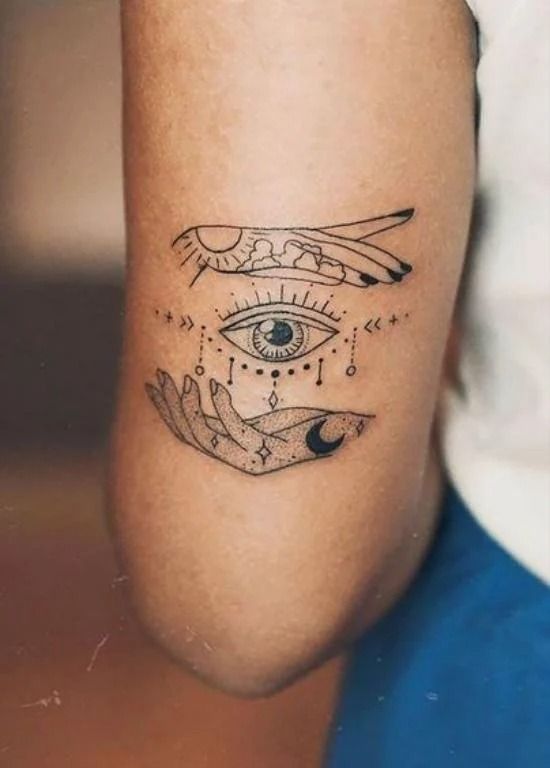
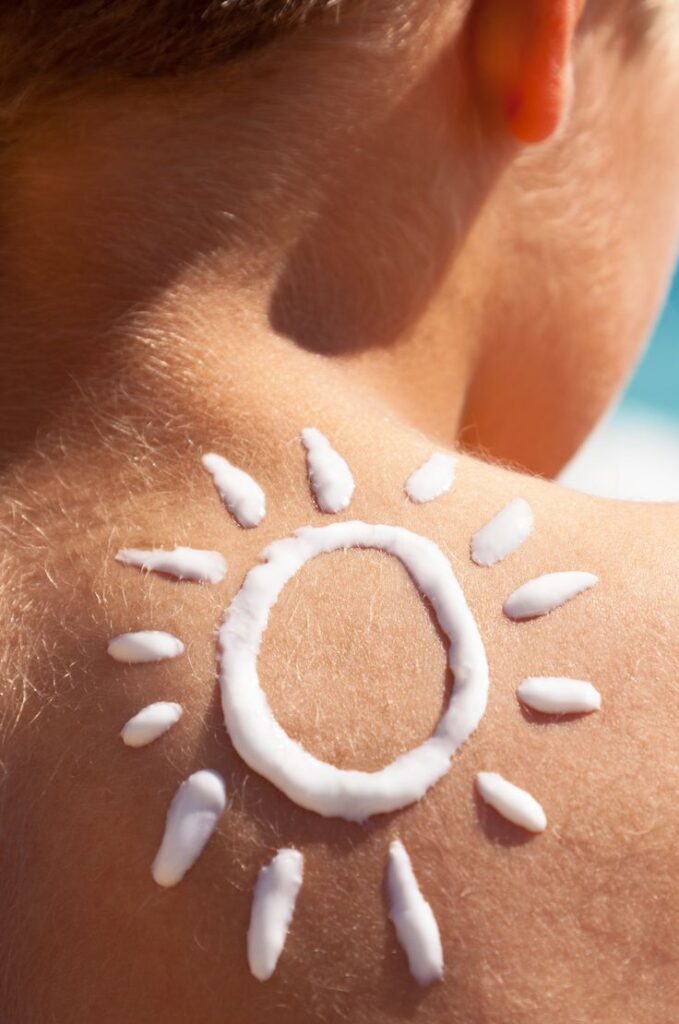
Moisturizing Techniques
Keeping the tattooed skin hydrated improves healing and longevity. Using a fragrance-free, gentle moisturizer prevents dryness and peeling, which can damage the design. Applying moisturizer 2-3 times daily after the tattoo has fully healed is ideal.
Avoid heavy creams or lotions that clog pores. Lightweight products like tattoo-specific balms or lotions with natural ingredients provide good hydration without irritation. Moist skin maintains ink vibrancy and texture.
Potential Risks and Considerations
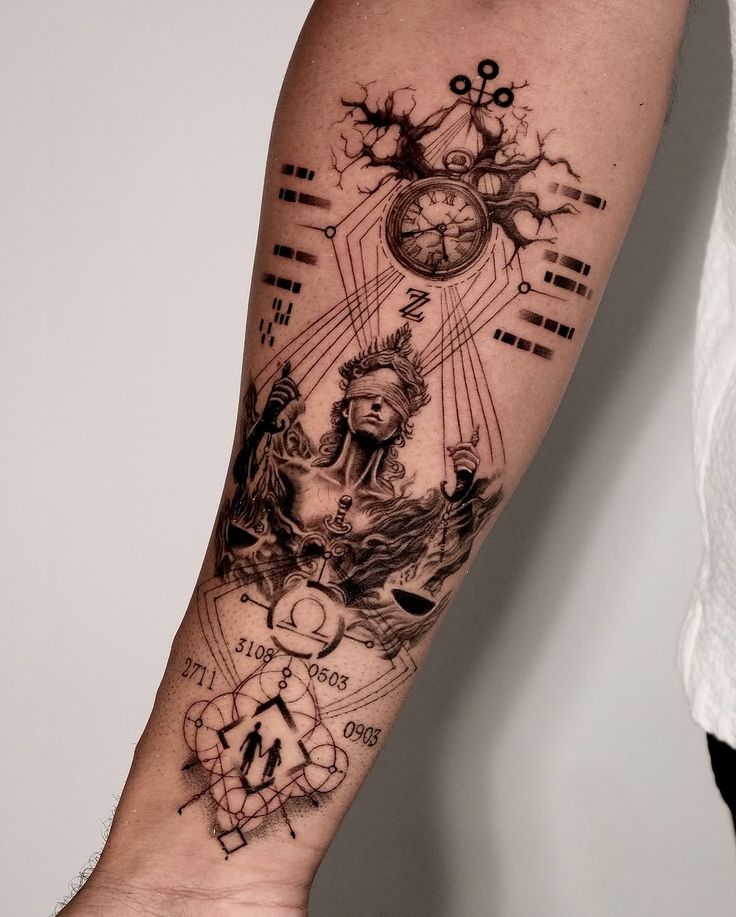
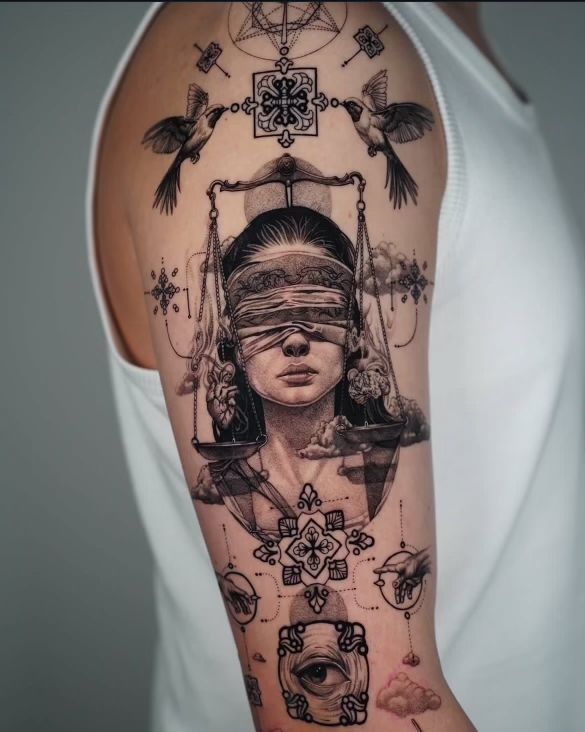
Getting a forearm tattoo comes with some risks that should be kept in mind. One common risk is infection. If the tattoo equipment is not clean, bacteria can enter the skin and cause problems.
Another concern is allergic reactions. Some people may be sensitive to certain tattoo inks. Red and green inks are more likely to cause itching or swelling.
Pain is a factor for many. The forearm has muscles and tendons, but some spots, especially near the wrist or inner arm, can be more sensitive. The pain level varies from person to person.
Healing time also requires care. The tattoo needs to stay clean and moisturized. Scratching or picking at scabs can damage the design and slow healing.
Tattoos on the forearm are very visible. This can affect job opportunities in some fields that have strict dress codes or tattoo policies. It’s important to think about this before deciding.
Finally, tattoos are mostly permanent. Removing them is costly and can be painful. People should be sure about their design choice before getting inked.
| Risk | Detail | Tips |
|---|---|---|
| Infection | Caused by unclean tools | Choose a reputable artist |
| Allergic reaction | Some ink colors more risky | Do a patch test first |
| Pain | Certain areas more sensitive | Prepare mentally |
| Visibility | May affect work prospects | Research workplace rules |
| Permanent | Hard and expensive to remove | Think carefully before ink |
- 615shares
- Facebook0
- Pinterest615
- Twitter0
- Reddit0
